Entacapone-related compounds to treat macular degeneration
Huang , et al. April 20, 2
U.S. patent number 10,980,766 [Application Number 16/283,117] was granted by the patent office on 2021-04-20 for entacapone-related compounds to treat macular degeneration. This patent grant is currently assigned to National Institute of Biological Sciences, Beijing. The grantee listed for this patent is National Institute of Biological Sciences, Beijing. Invention is credited to Niu Huang, Shiming Peng.
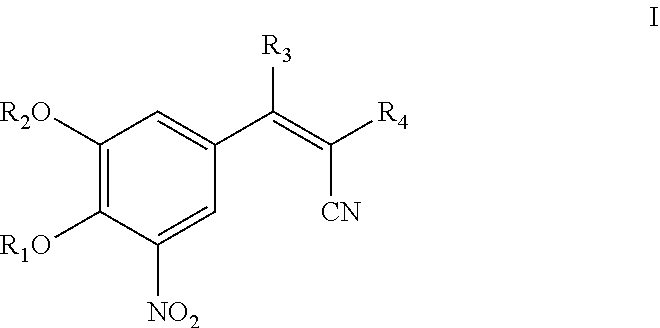
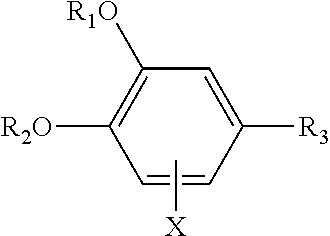
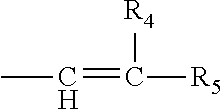




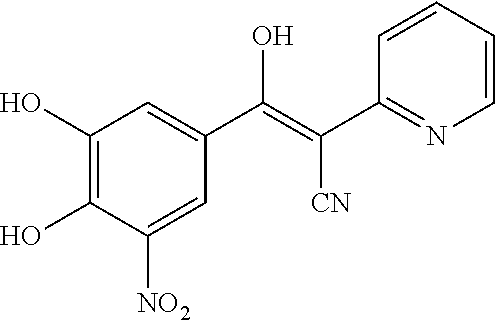

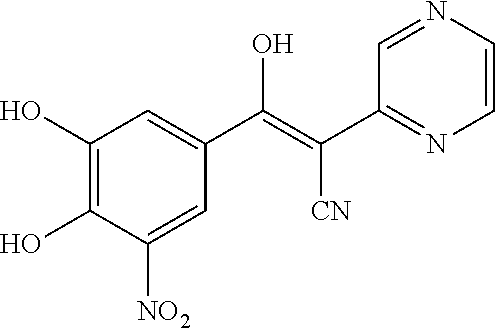
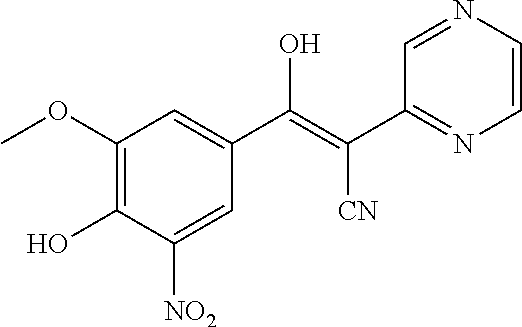

View All Diagrams
| United States Patent | 10,980,766 |
| Huang , et al. | April 20, 2021 |
Entacapone-related compounds to treat macular degeneration
Abstract
The invention provides use of entacapone, an entacapone derivative or a stereoisomer, hydride, or pharmaceutically-acceptable salt thereof, in a person in need thereof, to treat or inhibit macular degeneration or age-related macular degeneration, and related compostions.
| Inventors: | Huang; Niu (Beijing, CN), Peng; Shiming (Beijing, CN) | ||||||||||
|---|---|---|---|---|---|---|---|---|---|---|---|
| Applicant: |
|
||||||||||
| Assignee: | National Institute of Biological
Sciences, Beijing (Beijing, CN) |
||||||||||
| Family ID: | 1000005497857 | ||||||||||
| Appl. No.: | 16/283,117 | ||||||||||
| Filed: | February 22, 2019 |
Prior Publication Data
| Document Identifier | Publication Date | |
|---|---|---|
| US 20190183842 A1 | Jun 20, 2019 | |
Related U.S. Patent Documents
| Application Number | Filing Date | Patent Number | Issue Date | ||
|---|---|---|---|---|---|
| PCT/CN2017/098575 | Aug 23, 2017 | ||||
Foreign Application Priority Data
| Aug 24, 2016 [WO] | PCT/CN2016/096472 | |||
| Current U.S. Class: | 1/1 |
| Current CPC Class: | A61K 31/277 (20130101); A61P 27/02 (20180101); A61K 45/06 (20130101); A61K 9/0051 (20130101); A61K 31/277 (20130101); A61K 2300/00 (20130101); A61K 31/535 (20130101); A61K 31/4965 (20130101); A61K 31/426 (20130101); A61K 31/397 (20130101); A61K 31/433 (20130101); A61K 31/4453 (20130101); A61K 31/505 (20130101); A61K 31/428 (20130101); A61K 31/4402 (20130101) |
| Current International Class: | A61K 31/277 (20060101); A61K 45/06 (20060101); A61K 31/397 (20060101); A61K 31/426 (20060101); A61K 9/00 (20060101); A61P 27/02 (20060101); A61K 31/428 (20060101); A61K 31/535 (20060101); A61K 31/433 (20060101); A61K 31/4402 (20060101); A61K 31/4453 (20060101); A61K 31/4965 (20060101); A61K 31/505 (20060101) |
References Cited [Referenced By]
U.S. Patent Documents
| 5112861 | May 1992 | Backstrom et al. |
| 10301264 | May 2019 | Harper et al. |
| 2010/0190851 | July 2010 | Kranich et al. |
| 2014/0148383 | May 2014 | Huang et al. |
| 2015/0031655 | January 2015 | Ghribi |
| 2016/0222001 | August 2016 | Barrow |
| 2016/0222011 | August 2016 | Barrow |
| 1946756 | Jul 2008 | EP | |||
| 2016-504270 | Feb 2016 | JP | |||
| WO 2007/018943 | Feb 2007 | WO | |||
| WO 2007/144169 | Dec 2007 | WO | |||
| 2007/018943 | Oct 2008 | WO | |||
| WO 2009/003226 | Jan 2009 | WO | |||
| WO 2010/022140 | Feb 2010 | WO | |||
| WO 2015/095257 | Jun 2015 | WO | |||
| WO 2016/206573 | Dec 2016 | WO | |||
Other References
|
State Intellectual Property Office of the P.R. China, International Search Report issued in International Patent Application No. PCT/CN2017/098575 (dated Nov. 28, 2017). cited by applicant . Yonekawa et al., "Clinical Characteristics and Current Treatment of Age-Related Macular Degeneration," Cold Spring Harbor Perspectives in Medicine, 5(1): 1-18 (2014). cited by applicant . European Patent Office, Extended European Search Report issued in European Patent Application No. 17842920.5 (dated Mar. 17, 2020). cited by applicant . Australian Government IP Australia, Examination Report in Australian Patent Application No. 2017317129 (dated Jun. 18, 2019). cited by applicant . Japanese Patent Office, Notice of Reasons for Refusal issued in Japanese Patent Application No. 2019-510788 (dated Mar. 3, 2020). cited by applicant. |
Primary Examiner: Klinkel; Kortney L.
Assistant Examiner: Strong; Tori
Attorney, Agent or Firm: Green, Griffith & Borg-Breen LLP
Claims
What is claimed is:
1. A method for treating or inhibiting macular degeneration or age-related macular degeneration comprising administering a formulation comprising entacapone, an entacapone derivative or a stereoisomer, hydride, or pharmaceutically-acceptable salt thereof to a person in need thereof, wherein the formulation does not include an additional anti-Parkinson's medicament, a neuroactive agent, an anti- obesity active pharmaceutical ingredient, or an additional anti-diabetes active pharmaceutical ingredient, wherein the person does not have Parkinson's disease, obesity, diabetes or diabetic retinopathy, wherein the entacapone derivative is selected from the group consisting of: a structure of formula Ia, a stereoisomer thereof, a hydride thereof, or a pharmaceutically-acceptable salt thereof: ##STR00161## wherein: R.sub.1 and R.sub.2 are independently H or Me; R.sub.3 is H, OH or NHR, wherein R is H or an optionally substituted, optionally hetero-, optionally cyclic C.sub.1-C.sub.18 hydrocarbyl; and R.sub.4 is optionally substituted, optionally hetero-, optionally cyclic C.sub.1-C.sub.18 hydrocarbyl; or a structure of formula Ib, a stereoisomer thereof, a hydride thereof, or a pharmaceutically-acceptable salt thereof: ##STR00162## wherein R.sub.1 and R.sub.2 independently represent hydrogen, alkylcarbamoyl of 2 to 5 carbon atoms or alkylcarbonyl of 2 to 5 carbon atoms, X represents nitro or cyano and R.sub.3 represents ##STR00163## wherein R.sub.4 represents cyano or alkylcarbonyl of 2 to 5 carbon atoms and R.sub.5 represents cyano; alkylcarbonyl of 2 to 5 carbon atoms; or carbamoyl which is unsubstituted or substituted with alkyl of 1 to 8 carbon atoms, or hydroxyalkyl of 1 to 8 carbon atoms; or a structure of formula Ic, a stereoisomer thereof, a hydride thereof, or a pharmaceutically-acceptable salt thereof: ##STR00164## wherein Y is sulfur or oxygen, R.sup.1 is a group of the following formula II ##STR00165## or when Y is S, R.sup.1 can be in addition H, R.sup.2 is H or a group of formula II which may be the same as or different from R.sup.1, each R.sup.3 is independently (C.sub.1-C.sub.20)-alkyl, (CR.sup.4R.sup.5)x-R.sup.6, (C.sub.1-C.sub.20)-alkylene-(C.sub.1-C.sub.20) -alkoxy, (C.sub.2-C.sub.20)-alkenyl, (C.sub.2-C.sub.20)-alkynyl, (C.sub.0-C.sub.20)-alkylene- (C.sub.3-C.sub.18)-cycloalkyl, (C.sub.0-C.sub.20) -alkylene-(3-18-membered)- heterocycloalky 1, (C.sub.1-C.sub.20)-alkylene-(C.sub.3-C.sub.18)-cycloalkenyl, (C.sub.0-C.sub.20)- alkylene-(3-18-membered)-heterocycloalkenyl, (C.sub.0-C.sub.20)-alkylene- (C.sub.6-C.sub.18)-aryl, (C.sub.0-C.sub.20)-alkylene-(5-18-membered)-heteroaryl, (C.sub.2-C.sub.20)-alkenylene-(C.sub.3-C.sub.18)-cycloalkyl, (C.sub.2-C.sub.20)-alkenylene-(3-18-membered)-heterocycloalkyl, (C.sub.2-C.sub.20)-alkenylene-(C.sub.3-C.sub.18) -cycloalkenyl, (C.sub.2-C.sub.20)-alkenylene-(3-18-membered)- heterocycloalkenyl, (C.sub.2-C.sub.20) -alkenylene-(C.sub.6-C.sub.18)-aryl, or (C.sub.2-C.sub.20)- alkenylene-(5-18-membered)-heteroaryl, wherein the total number of carbon atoms of R.sup.3 is at most 30, each of R.sup.4 and R.sup.5 are independently of one another selected from the group consisting of H, (C.sub.1-C.sub.20)-alkyl, (C.sub.1-C.sub.20)-alkylene-hydroxy, (C.sub.0-C.sub.20)-alkylene- (C.sub.1-C.sub.20)-alkoxy, OH, (C.sub.0-C.sub.20)-alkylene-N(R.sup.7)CO-(C.sub.1-C.sub.20)-alkyl, (C.sub.0-C.sub.20)-alkylene-CON(R.sup.8)(R.sup.9), (C.sub.0-C.sub.20) -alkylene-COO-(C.sub.1-C.sub.20)-alkyl, (C.sub.0-C.sub.20)-alkylene-N(R.sup.10)(R.sup.11), SO.sub.3R.sup.17, (C.sub.0-C.sub.20)-alkylene -(C.sub.6-C.sub.18)-aryl, and (C.sub.0-C.sub.20)-alkylene-(5-18-membered)-heteroaryl, or R.sup.4 and R.sup.5 of the same group (CR.sup.4R.sup.5) or R.sup.4 and R.sup.5 of different groups (CR.sup.4R.sup.5) may form together a carbocyclic or heterocyclic ring having from 3 to 6 atoms, additionally, one or more non adjacent groups (CR.sup.4R.sup.5) may be replaced by O, CO, OCO, COO, CON(R.sup.19), N(R.sup.20)CO, or NR.sup.21, R.sup.6 is independently H, (C.sub.1-C.sub.20)-alkyl, (C.sub.2-C.sub.20)-alkenyl, (C.sub.2-C.sub.20)- alkynyl, OH, O-(C.sub.1-C.sub.8) -alkyl, O-(C.sub.0-C.sub.8)-alkylene-(C.sub.6-C.sub.14)-aryl, CO-O-(C.sub.1-C.sub.8)-alkyl, CO-N(R.sup.12)(R.sup.13), N(R.sup.14)CO-(C.sub.1-C.sub.8)-alkyl, N(R.sup.15)(R.sup.16), SO.sub.3R.sup.18, (C.sub.0-C.sub.20)-alkylene-(5-18-membered) -heteroaryl, or (C.sub.0-C.sub.20)-alkylene-(C.sub.6-C.sub.18)-aryl, R.sup.7, R.sup.14, R.sup.17, R.sup.18, R.sup.19, R.sup.20, R.sup.21 are independently of one another H, or (C.sub.1-C.sub.20)-alkyl, R.sup.8, R.sup.9, R.sup.10, R.sup.11, R.sup.12, R.sup.13, R.sup.14, R.sup.15, R.sup.16 are independently of one another H, or (C.sub.1-C.sub.20) -alkyl, R.sup.22 and R.sup.23 are independently selected from the group consisting of H and (C.sub.1-C.sub.15) -alkyl, and x is 1 to 14, wherein the alkyl, alkenyl, alkynyl, cycloalkyl, heterocycloalkyl, cycloalkenyl, heterocycloalkenyl, alkoxy, aryl, heteroaryl, alkenylene and alkylene groups may be unsubstituted or further substituted.
2. The method of claim 1, further comprising the step of detecting a resultant inhibition of macular degeneration.
3. The method of claim 1, wherein the person in need is at risk for developing macular degeneration or age-related macular degeneration, and the formulation is administered to that person in an amount effective to inhibit the development of macular degeneration or age-related macular degeneration.
4. The method of claim 1, wherein the person in need is afflicted with macular degeneration or age-related macular degeneration, and the formulation is administered to that person in an amount effective to treat macular degeneration or age-related macular degeneration.
Description
CROSS-REFERENCE TO RELATED APPLICATIONS
This application is a continuation of co-pending International Patent Application No. PCT/CN2017/098575 tiled on Aug. 23, 2017, and claims the benefit of International Patent Application No. PCT/CN2016/096472 filed on Aug. 24, 2016, the disclosures of which are incorporated by reference in their entireties herein.
INTRODUCTION
Macular degeneration is a disease which can lead to loss of central vision due to damage in macula of the retina. It affects millions of people globally, and typically occurs in older people (so-called age-related macular degeneration, AMD). Genetic factors may play a role in this disease, as well as lifestyle: smoking, exposure to sunlight and unhealthy energy intake are the common risk factors. In 2010, there were 23.5 million patients globally, and it is the fourth most common cause of blindness after cataracts, preterm birth, and glaucoma. In the United States, AMD is the most common cause of vision loss in people over the age of fifty. See, e.g. Mehta, S., Age-Related Macular Degeneration. Prim Care 2015, 42 (3), 377-91; Velez-Montoya, et al., Current knowledge and trends in age-related macular degeneration: genetics, epidemiology, and prevention. Retina 2014, 34 (3), 423-41. There is no cure or AMD, though it is treated with laser coagulation, and more commonly with drugs that inhibit the growth of blood vessels, e.g. de Jong P T (2006). "Age-related macular degeneration". N Engl J Med. 355 (14): 1474-1485.
We previously disclosed in US2014/0148383A1 identification of a known FDA approved drug--entacapone ((2E)-2-cyano-3-(3,4-dihydroxy-5-nitrophenyl)-N,N-diethylprop-2-enamide), as an FTO inhibitor using structure-based virtual screening method in combination with biological activity measurements, including enzymatic activity, cellular activity and in high-fat diet induced obesity (DIO) animal model. We also previously disclosed in PCT/CN2015/082052 derivatives of entacapone having related activities.
Entacapone is a catechol-O-methyltransferase (COMT) inhibitor used for treating Parkinson disease, typically administered in conjunction with dopamine derivatives levodopa (L-DOPA) or carbidopa, see Comtan Full Prescribing Information-Novartis. WO2015095257 discloses treating diabetes or diabetic retinopathy with dopamine, and in embodiments the dopamine is administered in combination with a COMT inhibitor, such as entacapone, tolcapone, or nitecapone.
Here we disclose the use of entacapone and related formulations to treat macular degeneration or age-related macular degeneration.
SUMMARY OF THE INVENTION
The invention provides entacapone-related compounds, compositions and methods to treat or inhibit macular degeneration, particularly age-related macular degeneration.
In an aspect the invention provides a use or method of use of entacapone, an entacapone derivative or a stereoisomer, hydride, or pharmaceutically-acceptable salt thereof, in a person in need thereof, to treat or inhibit macular degeneration or age-related macular degeneration, preferably wherein the person does not have Parkinson's disease, obesity, diabetes or diabetic retinopathy.
The invention may be practiced with a wide variety of entacapone derivatives, and activity is readily confirmed empirically; exemplary suitable derivatives are disclosed in U.S. Pat. No. 5,112,861, WO2007144169, EP1978014A1 and WO/2016/206573. In particular embodiments the derivatives FTO inhibitors.
In a particular embodiment the entacapone derivative comprises a structure of formula I of WO/2016/206573, a stereoisomer thereof, a hydride thereof, or a pharmaceutically-acceptable salt thereof:
##STR00001##
wherein:
R1 and R2 are independently H or Me;
R3 is H, OH or NHR, wherein R is H or an optionally substituted, optionally hetero-, optionally cyclic C1-C18 hydrocarbyl; and
R4 is optionally substituted, optionally hetero-, optionally cyclic C1-C18 hydrocarbyl.
In a particular embodiment the entacapone derivative comprises a structure of formula I of U.S. Pat. No. 5,112,861, a stereoisomer thereof, a hydride thereof, or a pharmaceutically-acceptable salt thereof:
##STR00002## wherein R1 and R2 independently represent hydrogen, alkylcarbamoyl of 2 to 5 carbon atoms or alkylcarbonyl of 2 to 5 carbon atoms, X represents nitro or cyano and R3 represents
##STR00003## wherein R4 represents cyano or alkylcarbonyl of 2 to 5 carbon atoms and R5 represents cyano; alkylcarbonyl of 2 to 5 carbon atoms; or carbamoyl which is unsubstituted or substituted with alkyl of 1 to 8 carbon atoms, or hydroxyalkyl of 1 to 8 carbon atoms.
In a particular embodiment the entacapone derivative comprises a structure of formula I of WO2007144169, a stereoisomer thereof, a hydride thereof, or a pharmaceutically-acceptable salt thereof:
##STR00004## wherein Y is sulfur or oxygen, R.sup.1 is a group of the following formula II
##STR00005## or when Y is S, R.sup.1 can be in addition H, R.sup.2 is H or a group of formula II which may be the same as or different from R.sup.1, each R.sup.3 is independently (Ci-C.sub.20)-alkyl, (CR.sup.4R5)x-R.sup.6, (C.sub.rC.sub.20)-alkylene-(Ci-C.sub.20)-alkoxy, (C.sub.2-C.sub.20)-alkenyl, (C.sub.2-C.sub.20)-alkynyl, (C.sub.0-C.sub.20)-alkylene-(C.sub.3-Ci.sub.8)-cycloalkyl, (C.sub.0-C.sub.20)-alkylene-(3-18-membered)-heterocycloalky 1, (Ci-C.sub.2o)-alkylene-(C.sub.3-C.sub.18)-cycloalkenyl, (Co--C.sub.20)-alkylene-(3-18-membered)-heterocycloalkenyl, (Co-C.sub.2o)-alkylene-(C.sub.6-Ci.sub.8)-aryl, (Co-C.sub.2o)-alkylene-(5-18-membered)-heteroaryl, (C.sub.2-C.sub.20)-alkenylene-(C.sub.3-Ci.sub.8)-cycloalkyl, (C.sub.2-C.sub.20)-alkenylene-(3-18-membered)-heterocycloalkyl, (C.sub.2-C.sub.20)-alkenylene-(C.sub.3-C.sub.18)-cycloalkenyl, (C.sub.2-C.sub.20)-alkenylene-(3-18-membered)-heterocycloalkenyl, (C.sub.2-C.sub.20)-alkenylene-(C.sub.6-Ci.sub.8)-aryl, or (C.sub.2-C.sub.20)-alkenylene-(5-18-membered)-heteroaryl, wherein the total number of carbon atoms of R.sup.3 is at most 30, each R.sup.4 and R.sup.5 are independently of one another selected from the group consisting of H, (Ci-C.sub.20)-alkyl, (Ci-C.sub.20)-alkylene-hydroxy, (C.sub.0-C.sub.20)-alkylene-(C,--C.sub.20)-alkoxy, OH, (C.sub.0-C.sub.2o)-alkylene-N(R.sup.7)CO--(C,--C.sub.20)-alkyl, (C.sub.0-C.sub.20)-alkylene-CON(R.sup.8)(R.sup.9), (C.sub.0-C.sub.20)-alkylene-COO--(Ci-C.sub.20)-alkyl, (C.sub.0-C.sub.20)-alkylene-N(R.sup.10)(R.sup..pi.), SO.sub.3R.sup.17, (C.sub.0-C.sub.20)-alkylene-(C.sub.6-C.sub.18)-aryl, and (C.sub.0-C.sub.20)-alkylene-(5-18-membered)-heteroaryl, or R.sup.4 and R.sup.5 of the same group (CR.sup.4R.sup.5) or R.sup.4 and R.sup.5 of different groups (CR.sup.4R.sup.5) may form together a carbocyclic or heterocyclic ring having from 3 to 6 atoms, additionally, one or more non adjacent groups (CR.sup.4R.sup.5) may be replaced by O, CO, OCO, COO, CON(R.sup.19), N(R.sup.20)CO, or NR.sup.21, R.sup.6 is independently H, (C.sub.rC.sub.20)-alkyl, (C.sub.2-C.sub.20)-alkenyl, (C.sub.2-C.sub.20)-alkynyl, OH, O--(C.sub.rC.sub.8)-alkyl, O--(C.sub.0-C.sub.8)-alkylene-(C.sub.6-Ci.sub.4)-aryl, CO--O--(C,--C.sub.8)-alkyl, CO--N(R.sup.12)(R.sup.13), N(R.sup.14)CO--(Ci-C.sub.8)-alkyl, N(R.sup.15XR.sup.16), SO.sub.3R.sup.18, (C.sub.0-C.sub.20)-alkylene-(5-18-membered)-heteroaryl, or (C.sub.0-C.sub.20)-alkylene-(C.sub.6-C.sub.18)-aryl, R.sup.7, R.sup.14, R.sup.17, R.sup.18, R.sup.19, R.sup.20, R.sup.21 are independently of one another H, or (Ci-C.sub.2o)-alkyl, R.sup.8, R.sup.9, R.sup.10, R.sup.11, R.sup.12, R.sup.13, R.sup.15, R.sup.16 are independently of one another H, or (Ci-C.sub.20)-alkyl, R.sup.22 and R.sup.23 are independently selected from the group consisting of H and (Cj-Ci.sub.5)-alkyl, and x is 1 to 14, wherein the alkyl, alkenyl, alkynyl, cycloalkyl, heterocycloalkyl, cycloalkenyl, heterocycloalkenyl, alkoxy, aryl, heteroaryl, alkenylene and alkylene groups may be unsubstituted or further substituted.
In embodiments the use further comprises the step of detecting a resultant inhibition of macular degeneration.
In other aspects the invention provides a pharmaceutical composition or formulation comprising:
a) an ophthalmic composition comprising entacapone, an entacapone derivative or a stereoisomer, hydride, or pharmaceutically-acceptable salt thereof, wherein the composition does not include dopamine or a dopamine derivative, such as levodopa (L-DOPA) or carbidopa;
b) a topical ophthalmic composition comprising entacapone, an entacapone derivative or a stereoisomer, hydride, or pharmaceutically-acceptable salt thereof; or
c) a composition comprising entacapone, an entacapone derivative or a stereoisomer, hydride, or pharmaceutically-acceptable salt thereof, copackaged or coformulated with a second, different medicament for treating or inhibiting macular degeneration or age-related macular degeneration.
In embodiments: the composition or formulation does not include another anti-Parkinsons medicament, neuroactive agent, anti-obesity, anti-diabetes, and/or another active pharmaceutical ingredient (API), such as wherein anti-Parkinson's medicaments include L-DOPA, deprenyl, tyrosine hydroxylase, apomorphine, anticholinergic drugs such as benzhexol and orphenadrine, and mGluR4 potentiators such as N-phenyl-7-(hydroxylimino)cyclopropa[b]chromen-1a-carboxamide (PHCCC); the composition or formulation is in topical form of eye drops, ointments, gels, or emulsions; the composition or formulation is in form of an intravitreal injection formulation or an intraocular implant formulation; the composition or formulation wherein the entacapone, entacapone derivative or pharmaceutically-acceptable salt thereof, is in unit dosage form; and/or the composition or formulation wherein the second medicament is an antiangiogenic drug (e.g. VEGF inhibitor) selected from revacizumab, ranibizumab, pegaptanib, and aflibercept.
In embodiments, the entacapone, an entacapone derivative or a stereoisomer, hydride, or pharmaceutically-acceptable salt thereof is administered to the eye in topical form of eye drops, ointments, gels, or emulsions, or into the vitreous or sclera of the eye, e.g., administered by an intravitreal injection or an implant, e.g., surgical administration of drug-loaded solid implants within the scleral tissue (i.e. intrascleral delivery); see, e.g. Falavarjani et al., Eye (2013) 27, 787-794; Adverse events and complications associated with intravitreal injection of anti-VEGF agents: a review of literature; Marra, et al. AAPS PharmSciTech. 2011 March; 12(1): 362-371. Solution Formulation Development of a VEGF Inhibitor for Intravitreal Injection, etc.
The invention encompasses all combination of the particular embodiments recited herein, as if each had been separately, laboriously recited.
BRIEF DESCRIPTION OF THE DRAWINGS
FIG. 1. The eye blood vessel diameter. Values are presented as mean.+-.SE (n=10). ***p<0.001, compared with the model group.
FIG. 2. The blood vessel diameter recovery rate. Values are presented as mean.+-.SE (n=10). ***p<0.001, compared with the model group.
DESCRIPTION OF PARTICULAR EMBODIMENTS OF THE INVENTION
The following descriptions of particular embodiments and examples are provided by way of illustration and not by way of limitation. Those skilled in the art will readily recognize a variety of noncritical parameters that could be changed or modified to yield essentially similar results.
Unless contraindicated or noted otherwise, in these descriptions and throughout this specification, the terms "a" and "an" mean one or more, the term "or" means and/or and polynucleotide sequences are understood to encompass opposite strands as well as alternative backbones described herein. Furthermore, genuses are recited as shorthand for a recitation of all members of the genus; for example, the recitation of (C1-C3) alkyl is shorthand for a recitation of all C1-C3 alkyls: methyl, ethyl and propyl, including isomers thereof.
A hydrocarbyl group is a substituted or unsubstituted, straight-chain, branched or cyclic alkyl, alkenyl, alkynyl, acyl, aryl, arylalkyl, arylalkenyl, arylalkynyl, alkylaryl, alkenylaryl or alkynylaryl group which comprises 1-15 carbon atoms and optionally includes one or more heteroatoms in its carbon skeleton.
The term "heteroatom" as used herein generally means any atom other than carbon or hydrogen. Preferred heteroatoms include oxygen (O), phosphorus (P), sulfur (S), nitrogen (N), and halogens, and preferred heteroatom functional groups are haloformyl, hydroxyl, aldehyde, amine, azo, carboxyl, cyanyl, thocyanyl, carbonyl, halo, hydroperoxyl, imine, aldimine, isocyanide, iscyante, nitrate, nitrile, nitrite, nitro, nitroso, phosphate, phosphono, sulfide, sulfonyl, sulfo, and sulfhydryl.
The term "alkyl," by itself or as part of another substituent, means, unless otherwise stated, a straight or branched chain, or cyclic hydrocarbon radical, or combination thereof, which is fully saturated, having the number of carbon atoms designated (i.e. C1-C8 means one to eight carbons). Examples of alkyl groups include methyl, ethyl, n-propyl, isopropyl, n-butyl, t-butyl, isobutyl, sec-butyl, cyclohexyl, (cyclohexyl)methyl, cyclopropylmethyl, homologs and isomers of, for example, n-pentyl, n-hexyl, n-heptyl, n-octyl and the like.
The term "alkenyl", by itself or as part of another substituent, means a straight or branched chain, or cyclic hydrocarbon radical, or combination thereof, which may be mono- or polyunsaturated, having the number of carbon atoms designated (i.e. C2-C8 means two to eight carbons) and one or more double bonds. Examples of alkenyl groups include vinyl, 2-propenyl, crotyl, 2-isopentenyl, 2-(butadienyl), 2,4-pentadienyl, 3-(1,4-pentadienyl) and higher homologs and isomers thereof.
The term "alkynyl", by itself or as part of another substituent, means a straight or branched chain hydrocarbon radical, or combination thereof, which may be mono- or polyunsaturated, having the number of carbon atoms designated (i.e. C2-C8 means two to eight carbons) and one or more triple bonds. Examples of alkynyl groups include ethynyl, 1- and 3-propynyl, 3-butynyl and higher homologs and isomers thereof.
The term "alkylene" by itself or as part of another substituent means a divalent radical derived from alkyl, as exemplified by --CH.sub.2--CH.sub.2--CH.sub.2--CH.sub.2--. Typically, an alkyl (or alkylene) group will have from 1 to 24 carbon atoms, with those groups having 10 or fewer carbon atoms being preferred in the invention. A "lower alkyl" or "lower alkylene" is a shorter chain alkyl or alkylene group, generally having eight or fewer carbon atoms.
The terms "alkoxy," "alkylamino" and "alkylthio" (or thioalkoxy) are used in their conventional sense, and refer to those alkyl groups attached to the remainder of the molecule via an oxygen atom, an amino group, or a sulfur atom, respectively.
The term "heteroalkyl," by itself or in combination with another term, means, unless otherwise stated, a stable straight or branched chain, or cyclic hydrocarbon radical, or combinations thereof, consisting of the stated number of carbon atoms and from one to three heteroatoms selected from the group consisting of O, N, P, Si and S, wherein the nitrogen, sulfur, and phosphorous atoms may optionally be oxidized and the nitrogen heteroatom may optionally be quaternized. The heteroatom(s) O, N, P and S may be placed at any interior position of the heteroalkyl group. The heteroatom Si may be placed at any position of the heteroalkyl group, including the position at which the alkyl group is attached to the remainder of the molecule. Examples include --CH.sub.2--CH.sub.2--O--CH.sub.3, --CH.sub.2--CH.sub.2--NH--CH.sub.3, --CH.sub.2--CH.sub.2--N(CH.sub.3)--CH.sub.3, --CH.sub.2--S--CH.sub.2--CH.sub.3, --CH.sub.2--CH.sub.2,--S(O)--CH.sub.3, --CH.sub.2--CH.sub.2--S(O).sub.2--CH.sub.3, --CH.dbd.CH--O--CH.sub.3, --Si(CH.sub.3).sub.3, --CH.sub.2--CH.dbd.N--OCH.sub.3, and --CH.dbd.CH--N(CH.sub.3)--CH.sub.3. Up to two heteroatoms may be consecutive, such as, for example, --CH.sub.2--NH--OCH.sub.3 and --CH.sub.2--O--Si(CH.sub.3).sub.3.
Similarly, the term "heteroalkylene," by itself or as part of another substituent means a divalent radical derived from heteroalkyl, as exemplified by --CH.sub.2--CH.sub.2--S--CH.sub.2--CH.sub.2-- and --CH.sub.2--S--CH.sub.2--CH.sub.2--NH--CH.sub.2--. For heteroalkylene groups, heteroatoms can also occupy either or both of the chain termini (e.g., alkyleneoxy, alkylenedioxy, alkyleneamino, alkylenediamino, and the like). Still further, for alkylene and heteroalkylene linking groups, no orientation of the linking group is implied.
The terms "cycloalkyl" and "heterocycloalkyl", by themselves or in combination with other terms, represent, unless otherwise stated, cyclic versions of "alkyl" and "heteroalkyl", respectively. Accordingly, a cycloalkyl group has the number of carbon atoms designated (i.e., C3-C8 means three to eight carbons) and may also have one or two double bonds. A heterocycloalkyl group consists of the number of carbon atoms designated and from one to three heteroatoms selected from the group consisting of O, N, Si and S, and wherein the nitrogen and sulfur atoms may optionally be oxidized and the nitrogen heteroatom may optionally be quaternized. Additionally, for heterocycloalkyl, a heteroatom can occupy the position at which the heterocycle is attached to the remainder of the molecule. Examples of cycloalkyl include cyclopentyl, cyclohexyl, l-cyclohexenyl, 3-cyclohexenyl, cycloheptyl, and the like. Examples of heterocycloalkyl include 1-(1,2,5,6-tetrahydropyrid-yl), 1-piperidinyl, 2-piperidinyl, 3-piperidinyl, 4-morpholinyl, 3-morpholinyl, tetrahydrofuran-2-yl, tetrahydrofuran-3-yl, tetrahydrothien-2-yl, tetrahydrothien-3-yl, 1-piperazinyl, 2-piperazinyl, and the like.
The terms "halo" and "halogen," by themselves or as part of another substituent, mean, unless otherwise stated, a fluorine, chlorine, bromine, or iodine atom. Additionally, terms such as "haloalkyl," are meant to include alkyl substituted with halogen atoms, which can be the same or different, in a number ranging from one to (2m'+1), where m' is the total number of carbon atoms in the alkyl group. For example, the term "halo(C1-C4)alkyl" is mean to include trifluoromethyl, 2,2,2-trifluoroethyl, 4-chlorobutyl, 3-bromopropyl, and the like. Thus, the term "haloalkyl" includes monohaloalkyl (alkyl substituted with one halogen atom) and polyhaloalkyl (alkyl substituted with halogen atoms in a number ranging from two to (2m'+1) halogen atoms, where m' is the total number of carbon atoms in the alkyl group). The term "perhaloalkyl" means, unless otherwise stated, alkyl substituted with (2m'+1) halogen atoms, where m' is the total number of carbon atoms in the alkyl group. For example the term "perhalo(C1-C4)alkyl" is meant to include trifluoromethyl, pentachloroethyl, 1,1,1-trifluoro-2-bromo-2-chloroethyl and the like.
The term "acyl" refers to those groups derived from an organic acid by removal of the hydroxy portion of the acid. Accordingly, acyl is meant to include, for example, acetyl, propionyl, butyryl, decanoyl, pivaloyl, benzoyl and the like.
The term "aryl" means, unless otherwise stated, a polyunsaturated, typically aromatic, hydrocarbon substituent which can be a single ring or multiple rings (up to three rings) which are fused together or linked covalently. Non-limiting examples of aryl groups include phenyl, 1-naphthyl, 2-naphthyl, 4-biphenyl and 1,2,3,4-tetrahydronaphthalene.
The term heteroaryl," refers to aryl groups (or rings) that contain from zero to four heteroatoms selected from N, O, and S, wherein the nitrogen and sulfur atoms are optionally oxidized and the nitrogen heteroatom are optionally quaternized. A heteroaryl group can be attached to the remainder of the molecule through a heteroatom. Non-limiting examples of heteroaryl groups include 1-pyrrolyl, 2-pyrrolyl, 3-pyrrolyl, 3-pyrazolyl, 2-imidazolyl, 4-imidazolyl, pyrazinyl, 2-oxazolyl, 4-oxazolyl, 2-phenyl-4-oxazolyl, 5-oxazolyl, 3-isoxazolyl, 4-isoxazolyl, 5-isoxazolyl, 2-thiazolyl, 4-thiazolyl, 5-thiazolyl, 2-furyl, 3-furyl, 2-thienyl, 3-thienyl, 2-pyridyl, 3-pyridyl, 4-pyridyl, 2-pyrimidyl, 4-pyrimidyl, 5-benzothiazolyl, purinyl, 2-benzimidazolyl, 5-indolyl, 1-isoquinolyl, 5-isoquinolyl, 2-quinoxalinyl, 5-quinoxalinyl, 3-quinolyl and 6-quinolyl.
For brevity, the term "aryl" when used in combination with other terms (e.g., aryloxy, arylthioxy, arylalkyl) includes both aryl and heteroaryl rings as defined above. Thus, the term "arylalkyl" is meant to include those radicals in which an aryl group is attached to an alkyl group (e.g., benzyl, phenethyl, pyridylmethyl and the like) including those alkyl groups in which a carbon atom (e.g., a methylene group) has been replaced by, for example, an oxygen atom (e.g., phenoxymethyl, 2-pyridyloxymethyl, 3-(1-naphthyloxy)propyl, and the like).
Each of the above terms (e.g., "alkyl," "heteroalkyl," "aryl" and "heteroaryl") is meant to include both substituted and unsubstituted forms of the indicated radical. Preferred substituents for each type of radical are provided below.
Substituents for the alkyl and heteroalkyl radicals (as well as those groups referred to as alkylene, alkenyl, heteroalkylene, heteroalkenyl, alkynyl, cycloalkyl, heterocycloalkyl, cycloalkenyl and heterocycloalkenyl) can be a variety of groups selected from: --OR', .dbd.O, .dbd.NR', .dbd.N--OR', --NR'R'', --SR', halogen, --SiR'R''R''', --OC(O)R', --C(O)R', --CO.sub.2R', --CONR'R'', --OC(O)NR'R'', --NR''C(O)R', --NR'--C(O)NR''R''', --NR'--SO.sub.2NR''', --NR''CO.sub.2R', --NH--C(NH.sub.2).dbd.NH, --NR'C(NH.sub.2).dbd.NH, --NH--C(NH.sub.2).dbd.NR', --S(O)R', --SO.sub.2R', --SO.sub.2NR'R'', --NR''SO.sub.2R, --CN and --NO.sub.2, in a number ranging from zero to three, with those groups having zero, one or two substituents being particularly preferred. R', R'' and R''' each independently refer to hydrogen, unsubstituted (C1-C8)alkyl and heteroalkyl, unsubstituted aryl, aryl substituted with one to three halogens, unsubstituted alkyl, alkoxy or thioalkoxy groups, or aryl-(C1-C4)alkyl groups. When R' and R'' are attached to the same nitrogen atom, they can be combined with the nitrogen atom to form a 5-,6- or 7-membered ring. For example, --NR'R'' is meant to include 1-pyrrolidinyl and 4-morpholinyl. Typically, an alkyl or heteroalkyl group will have from zero to three substituents, with those groups having two or fewer substituents being preferred in the invention. More preferably, an alkyl or heteroalkyl radical will be unsubstituted or monosubstituted. Most preferably, an alkyl or heteroalkyl radical will be unsubstituted. From the above discussion of substituents, one of skill in the art will understand that the term "alkyl" is meant to include groups such as trihaloalkyl (e.g., --CF.sub.3 and --CH.sub.2CF.sub.3).
Preferred substituents for the alkyl and heteroalkyl radicals are selected from: --OR', .dbd.O, --NR'R'', --SR', halogen, --SiR'R''R''', --OC(O)R', --C(O)R', --CO.sub.2R', --CONR'R'', --OC(O)NR'R'', --NR''C(O)R', --NR''CO.sub.2R', --NR'--SO.sub.2NR''R''', --S(O)R', --SO.sub.2R', --SO.sub.2NR'R'', --NR''SO.sub.2R, --CN and --NO.sub.2, where R' and R'' are as defined above. Further preferred substituents are selected from: --OR', .dbd.O, --NR'R'', halogen, --OC(O)R', --CO.sub.2R', --CONR'R'', --OC(O)NR'R'', --NR''C(O)R', --NR''CO.sub.2R', --NR'--SO.sub.2NR''R''', --SO.sub.2R', --SO.sub.2NR'R'', --NR''SO.sub.2R, --CN and --NO.sub.2.
Similarly, substituents for the aryl and heteroaryl groups are varied and selected from: halogen, --OR', --OC(O)R', --NR'R'', --SR', --R', --CN, --NO.sub.2, --CO.sub.2R', --CONR'R'', --C(O)R', --OC(O)NR'R'', --NR''C(O)R', --NR''CO2R', --NR'--C(O)NR''R''', --NR'--SO.sub.2NR''R''', --NH--C(NH2).dbd.NH, --NR'C(NH.sub.2).dbd.NH, --NH--C(NH.sub.2).dbd.NR', --S(O)R', --SO.sub.2R', --SO.sub.2NR'R'', --NR''SO.sub.2R, --N.sub.3, --CH(Ph).sub.2, perfluoro(C1-C4)alko-xy and perfluoro(C1-C4)alkyl, in a number ranging from zero to the total number of open valences on the aromatic ring system; and where R', R'' and R''' are independently selected from hydrogen, (C1-C8)alkyl and heteroalkyl, unsubstituted aryl and heteroaryl, (unsubstituted aryl)-(C1-C4)alkyl and (unsubstituted aryl)oxy-(C1-C4)alkyl. When the aryl group is 1,2,3,4-tetrahydronaphthalene, it may be substituted with a substituted or unsubstituted (C3-C7)spirocycloalkyl group. The (C3-C7)spirocycloalkyl group may be substituted in the same manner as defined herein for "cycloalkyl". Typically, an aryl or heteroaryl group will have from zero to three substituents, with those groups having two or fewer substituents being preferred in the invention. In one embodiment of the invention, an aryl or heteroaryl group will be unsubstituted or monosubstituted. In another embodiment, an aryl or heteroaryl group will be unsubstituted.
Preferred substituents for aryl and heteroaryl groups are selected from: halogen, --OR', --OC(O)R', --NR'R'', --SR', --R', --CN, --NO.sub.2, --CO.sub.2R', --CONR'R'', --C(O)R',--OC(O)NR'R'', --NR''C(O)R', --S(O)R', --SO.sub.2R', --SO.sub.2NR'R'', --NR''SO.sub.2R, --N.sub.3, --CH(Ph).sub.2, perfluoro(C1-C4)alkoxy and perfluoro(C1l-C4)alkyl, where R' and R'' are as defined above. Further preferred substituents are selected from: halogen, --OR', --OC(O)R', --NR'R'', --R', --CN, --NO.sub.2, --CO.sub.2R', --CONR'R'', --NR''C(O)R', --SO.sub.2R', --SO.sub.2NR'R'', --NR''SO.sub.2R, perfluoro(C1-C4)alkoxy and perfluoro(C1-C4)alkyl.
The substituent --CO.sub.2H, as used herein, includes bioisosteric replacements therefor; see, e.g., The Practice of Medicinal Chemistry; Wermuth, C. G., Ed.; Academic Press: New York, 1996; p. 203.
Two of the substituents on adjacent atoms of the aryl or heteroaryl ring may optionally be replaced with a substituent of the formula -T-C(O)--(CH.sub.2)q-U-, wherein T and U are independently --NH--, --O--, --CH.sub.2-- or a single bond, and q is an integer of from 0 to 2. Alternatively, two of the substituents on adjacent atoms of the aryl or heteroaryl ring may optionally be replaced with a substituent of the formula -A-(CH.sub.2)r-B--, wherein A and B are independently --CH.sub.2--, --O--, --NH--, --S--, --S(O)--, --S(O).sub.2--, --S(O).sub.2NR'-- or a single bond, and r is an integer of from 1 to 3. One of the single bonds of the new ring so formed may optionally be replaced with a double bond. Alternatively, two of the substituents on adjacent atoms of the aryl or heteroaryl ring may optionally be replaced with a substituent of the formula --(CH.sub.2)s-X--(CH.sub.2)t-, where s and t are independently integers of from 0 to 3, and X is --O--, --NR'--, --S--, --S(O)--, --S(O).sub.2--, or --S(O).sub.2NR'--. The substituent R' in --NR'-- and --S(O).sub.2NR'-- is selected from hydrogen or unsubstituted (C1-C6)alkyl.
Preferred substituents are disclosed herein and exemplified in the tables, structures, examples, and claims, and may be applied across different compounds of the invention, i.e. substituents of any given compound may be combinatorially used with other compounds.
In particular embodiments applicable substituents are independently substituted or unsubstituted heteroatom, substituted or unsubstituted, optionally heteroatom C1-C6 alkyl, substituted or unsubstituted, optionally heteroatom C2-C6 alkenyl, substituted or unsubstituted, optionally heteroatom C2-C6 alkynyl, or substituted or unsubstituted, optionally heteroatom C6-C14 aryl, wherein each heteroatom is independently oxygen, phosphorus, sulfur or nitrogen.
In more particular embodiments, applicable substituents are independently aldehyde, aldimine, alkanoyloxy, alkoxy, alkoxycarbonyl, alkyloxy, alkyl, amine, azo, halogens, carbamoyl, carbonyl, carboxamido, carboxyl, cyanyl, ester, halo, haloformyl, hydroperoxyl, hydroxyl, imine, isocyanide, iscyante, N-tert-butoxycarbonyl, nitrate, nitrile, nitrite, nitro, nitroso, phosphate, phosphono, sulfide, sulfonyl, sulfo, sulfhydryl, thiol, thiocyanyl, trifluoromethyl or trifluromethyl ether (OCF3).
The term "pharmaceutically acceptable salts" is meant to include salts of the active compounds which are prepared with relatively nontoxic acids or bases, depending on the particular substituents found on the compounds described herein, and suitable for pharmaceutical use. When compounds of the invention contain relatively acidic functionalities, base addition salts can be obtained by contacting the neutral form of such compounds with a sufficient amount of the desired base, either neat or in a suitable inert solvent. Examples of pharmaceutically acceptable base addition salts include sodium, potassium, calcium, ammonium, organic amino, or magnesium salt, or a similar salt. When compounds of the invention contain relatively basic functionalities, acid addition salts can be obtained by contacting the neutral form of such compounds with a sufficient amount of the desired acid, either neat or in a suitable inert solvent. Examples of pharmaceutically acceptable acid addition salts include those derived from inorganic acids like hydrochloric, hydrobromic, nitric, carbonic, monohydrogencarbonic, phosphoric, monohydrogenphosphoric, dihydrogenphosphoric, sulfuric, monohydrogensulfuric, hydriodic, or phosphorous acids and the like, as well as the salts derived from relatively nontoxic organic acids like acetic, propionic, isobutyric, oxalic, maleic, malonic, benzoic, succinic, suberic, fumaric, mandelic, phthalic, benzenesulfonic, p-tolylsulfonic, citric, tartaric, methanesulfonic, and the like. Also included are salts of amino acids such as arginate and the like, and salts of organic acids like glucuronic or galactunoric acids and the like. Certain specific compounds of the invention contain both basic and acidic functionalities that allow the compounds to be converted into either base or acid addition salts.
The neutral forms of the compounds may be regenerated by contacting the salt with a base or acid and isolating the parent compound in the conventional manner. The parent form of the compound differs from the various salt forms in certain physical properties, such as solubility in polar solvents, but otherwise the salts are equivalent to the parent form of the compound for the purposes of the invention.
In addition to salt forms, the invention provides compounds which are in a prodrug form. Prodrugs of the compounds described herein are those compounds that undergo chemical changes under physiological conditions to provide the compounds of the invention. Additionally, prodrugs can be converted to the compounds of the invention by chemical or biochemical methods in an ex vivo environment. For example, prodrugs can be slowly converted to the compounds of the invention when placed in a transdermal patch reservoir with a suitable enzyme or chemical reagent. Prodrugs are often useful because, in some situations, they may be easier to administer than the parent drug. They may, for instance, be more bioavailable by oral administration than the parent drug. The prodrug may also have improved solubility in pharmacological compositions over the parent drug. A wide variety of prodrug derivatives are known in the art, such as those that rely on hydrolytic cleavage or oxidative activation of the prodrug. An example, without limitation, of a prodrug would be a compound of the invention which is administered as an ester (the "prodrug"), but then is metabolically hydrolyzed to the carboxylic acid, the active entity. Additional examples include peptidyl derivatives of a compound of the invention.
Certain compounds of the invention can exist in unsolvated forms as well as solvated forms, including hydrated forms. In general, the solvated forms are equivalent to unsolvated forms and are intended to be encompassed within the scope of the invention. Certain compounds of the invention may exist in multiple crystalline or amorphous forms. In general, all physical forms are equivalent for the uses contemplated by the invention and are intended to be within the scope of the invention.
Some of the subject compounds possess asymmetric carbon atoms (optical centers) or double bonds; the racemates, diastereomers, geometric isomers and specifically designated or depicted chirality is preferred and in many cases critical for optimal activity; however all such isomers are all intended to be encompassed within the scope of the invention.
The compounds of the invention may also contain unnatural proportions of atomic isotopes at one or more of the atoms that constitute such compounds. For example, the compounds may be radiolabeled with radioactive isotopes, such as for example tritium (.sup.3H), iodine-125 (.sup.125I) or carbon-14 (.sup.14C). All isotopic variations of the compounds of the invention, whether radioactive or not, are intended to be encompassed within the scope of the invention.
The term "therapeutically effective amount" refers to the amount of the subject compound that will elicit, to some significant extent, the biological or medical response of a tissue, system, animal or human that is being sought by the researcher, veterinarian, medical doctor or other clinician, such as when administered, is sufficient to prevent development of, or alleviate to some extent, one or more of the symptoms of the condition or disorder being treated. The therapeutically effective amount will vary depending on the compound, the disease and its severity and the age, weight, etc., of the mammal to be treated.
The invention also provides pharmaceutical compositions comprising the subject compounds and a pharmaceutically acceptable excipient, particularly such compositions comprising a unit dosage of the subject compounds, particularly such compositions copackaged with instructions describing use of the composition to treat an applicable disease or condition (herein).
The compositions for administration can take the form of bulk liquid solutions or suspensions, or bulk powders. More commonly, however, the compositions are presented in unit dosage forms to facilitate accurate dosing. The term "unit dosage forms" refers to physically discrete units suitable as unitary dosages for human subjects and other mammals, each unit containing a predetermined quantity of active material calculated to produce the desired therapeutic effect, in association with a suitable pharmaceutical excipient. Typical unit dosage forms include prefilled, premeasured ampules or syringes of the liquid compositions or pills, tablets, capsules, lozenges or the like in the case of solid compositions. In such compositions, the compound is usually a minor component (from about 0.1 to about 50% by weight or preferably from about 1 to about 40% by weight) with the remainder being various vehicles or carriers and processing aids helpful for forming the desired dosing form.
Suitable excipients or carriers and methods for preparing administrable compositions are known or apparent to those skilled in the art and are described in more detail in such publications as Remington's Pharmaceutical Science, Mack Publishing Co, NJ (1991). In addition, the compounds may be advantageously used in conjunction with other therapeutic agents as described herein or otherwise known in the art, particularly other anti-necrosis agents. Hence the compositions may be administered separately, jointly, or combined in a single dosage unit.
The amount administered depends on the compound formulation, route of administration, etc. and is generally empirically determined in routine trials, and variations will necessarily occur depending on the target, the host, and the route of administration, etc. Generally, the quantity of active compound in a unit dose of preparation may be varied or adjusted from about 1, 5, 25 or 100 to about 5, 25, 100, 500, 1000 or 2000 mg, according to the particular application. In a particular embodiment, unit dosage forms are packaged in a multipack adapted for sequential use, such as blisterpack, comprising sheets of at least 6, 9 or 12 unit dosage forms. The actual dosage employed may be varied depending upon the requirements of the patient and the severity of the condition being treated. Determination of the proper dosage for a particular situation is within the skill of the art. Generally, treatment is initiated with smaller dosages which are less than the optimum dose of the compound. Thereafter, the dosage is increased by small amounts until the optimum effect under the circumstances is reached. For convenience, the total daily dosage may be divided and administered in portions during the day if desired.
The compounds can be administered by a variety of methods including, but not limited to, parenteral, topical, oral, or local administration, such as by aerosol or transdermally, for prophylactic and/or therapeutic treatment. Also, in accordance with the knowledge of the skilled clinician, the therapeutic protocols (e.g., dosage amounts and times of administration) can be varied in view of the observed effects of the administered therapeutic agents on the patient, and in view of the observed responses of the disease to the administered therapeutic agents.
The therapeutics of the invention can be administered in a therapeutically effective dosage and amount, in the process of a therapeutically effective protocol for treatment of the patient. For more potent compounds, microgram (ug) amounts per kilogram of patient may be sufficient, for example, in the range of about 1, 10, 100, 1000, 10000, 20000 ug/kg to about 10, 100, 1000, 10000, 20000 or 80000 ug/kg of patient weight though optimal dosages are compound specific, and generally empirically determined for each compound.
In general, routine experimentation in clinical trials will determine specific ranges for optimal therapeutic effect, for each therapeutic, each administrative protocol, and administration to specific patients will also be adjusted to within effective and safe ranges depending on the patient condition and responsiveness to initial administrations. However, the ultimate administration protocol will be regulated according to the judgment of the attending clinician considering such factors as age, condition and size of the patient as well as compounds potency, severity of the disease being treated. For example, a dosage regimen of the compounds can be oral administration of from 10 mg to 2000 mg/day, preferably 10 to 1000 mg/day, more preferably 50 to 600 mg/day, in two to four (preferably two) divided doses. Intermittent therapy (e.g., one week out of three weeks or three out of four weeks) may also be used.
In particular embodiments the subject entacapone derivative comprises a structure of formula I of WO/2016/206573, a stereoisomer thereof, a hydride thereof, or a pharmaceutically-acceptable salt thereof:
##STR00006## wherein:
(a)
R1 and R2 are independently H or Me;
R3 is OH or NHR, wherein R is H or an optionally substituted, optionally hetero-, optionally cyclic C1-C18 hydrocarbyl; and
R4 is optionally substituted, optionally hetero-, optionally cyclic C1-C18 hydrocarbyl;
(b)
R1 and R2 are independently H or Me;
R3 is H, OH or NHR, wherein R is H or C1-C4 alkyl;
R4 is CONHR5; and
R5 is optionally substituted, optionally hetero-, optionally cyclic C1-C18 hydrocarbyl;
(c)
R1 and R2 are independently H or Me;
R3 is H, OH or NHR, wherein R is H or C1-C4 alkyl;
R4 is COR5; and
R5 is optionally substituted, heterocyclic C3-C18 hydrocarbyl comprising an n-membered ring wherein n=3-18 including 1 to n-1 heteroatoms independently selected from N, O, S and P; or
(d)
R1 and R2 are independently H or Me;
R3 is H, OH or NHR, wherein R is H or C1-C4 alkyl; and
R4 is optionally substituted, heterocyclic C3-C18 hydrocarbyl comprising an n-membered ring wherein n=3-18 including 1 to n-1 heteroatoms independently selected from N, O, S and P; particularly wherein excluded from the inhibitor are compounds: CAS IDS: 1364322-41-7, 1150310-12-5, 1150310-15-8, and 143542-72-7.
In embodiments of the inhibitor or composition the heterocyclic C3-C18 hydrocarbyl comprises:
a 3 membered ring that is an optionally substituted: aziridine, oxirane, oxaziridine;
a 4 membered ring that is an optionally substituted: azetidine, oxetane, oxazetidine;
a 5 membered ring that is an optionally substituted: pyrrole, 1,2-diazole (pyrazole), 1,3 diazole (imidazole), thiazole, isothiazole, oxazole, isoxazole, furan, dioxole, thiophene;
a 6 membered ring that is an optionally substituted: pyridine, diazine, triazine, oxazine, thiazine, dioxine, oxathiine, dithiine;
a 9 membered ring that is an optionally substituted: indole, benzothiazole, benzooxazole, benzofuran, benzodioxole, benzothiophene, benzodithiole; or
a 10 membered ring that is an optionally substituted: quinoline, quinoxaline, quinazoline, chromene, benzodioxine, thiochromene, benzodithiine.
In embodiments of the inhibitor or composition the optionally substituted, optionally hetero-, optionally cyclic C1-C18 hydrocarbyl in each instance is an optionally substituted C1-C9 alkyl, C2-C9 alkenyl, C2-C9 alkynyl, or C5-C14 aryl hydrocarbon, comprising 1-5 heteroatoms that are N, S, O or P, including 1-5 nitrogen atoms, or a heteroatom substituted with the hydrocarbon.
In embodiments of the inhibitor or composition:
one or both R1 and R2 is H;
R3 is OH; and/or
R is H or C1-C4 alkyl, esp. Me.
The invention encompasses all combination of the particular embodiments recited herein, as if each had been separately, laboriously recited. For example, subsection (a) encompasses combinations wherein: R1 and R2 are H; R3 is NH.sub.2; and R4 is a 6 membered ring that is pyridine, and subsection (d) encompasses combinations wherein R1 and R2 are Me; R3 is OH; and R4 is 1,3 diazole.
In embodiments the inhibitor is of the following Tables.
TABLE-US-00001 TABLE 1 Subsection (a) inhibitors ##STR00007## 347 ##STR00008## 351 ##STR00009## 352 ##STR00010## 523 ##STR00011## 524 ##STR00012## 525 ##STR00013## 503 ##STR00014## 359 ##STR00015## 374 ##STR00016## 668 ##STR00017## 661 ##STR00018## 658 ##STR00019## 673 ##STR00020## 674 ##STR00021## 722 ##STR00022## 697 ##STR00023## 691 ##STR00024## 692 ##STR00025## 701 ##STR00026## 715 ##STR00027## 711
TABLE-US-00002 TABLE 2 Subsection (a) inhibitors. ##STR00028## 347N ##STR00029## 351N ##STR00030## 352N ##STR00031## 523N ##STR00032## 524N ##STR00033## 525N ##STR00034## 503N ##STR00035## 359N ##STR00036## 374N ##STR00037## 668N ##STR00038## 661N ##STR00039## 658N ##STR00040## 673N ##STR00041## 674N ##STR00042## 722N ##STR00043## 697N ##STR00044## 691N ##STR00045## 692N ##STR00046## 701N ##STR00047## 715N ##STR00048## 711N ##STR00049## 711NM ##STR00050## 711NE ##STR00051## 711NB
TABLE-US-00003 TABLE 3 Subsection (b) inhibitors. ##STR00052## 664 ##STR00053## 684 ##STR00054## 688 ##STR00055## 713 ##STR00056## 709 ##STR00057## 712 ##STR00058## 693 ##STR00059## 801 ##STR00060## 802 ##STR00061## 331 ##STR00062## 803 ##STR00063## 804 ##STR00064## 333 ##STR00065## 805 ##STR00066## 318 ##STR00067## 806 ##STR00068## 366 ##STR00069## 807 ##STR00070## 365 ##STR00071## 380 ##STR00072## 374 ##STR00073## 668 ##STR00074## 673 ##STR00075## 674 ##STR00076## 722 ##STR00077## 374N ##STR00078## 668N ##STR00079## 673N ##STR00080## 674N ##STR00081## 800N ##STR00082## 691N ##STR00083## 692N
TABLE-US-00004 TABLE 4 Subsection (c) inhibitors. ##STR00084## 808 ##STR00085## 687 ##STR00086## 809 ##STR00087## 317 ##STR00088## 810 ##STR00089## 371 ##STR00090## 378 ##STR00091## 660 ##STR00092## 382 ##STR00093## 702 ##STR00094## 811 ##STR00095## 812 ##STR00096## 813 ##STR00097## 814 ##STR00098## 815 ##STR00099## 816 ##STR00100## 817 ##STR00101## 818 ##STR00102## 819 ##STR00103## 820 ##STR00104## 821 ##STR00105## 822 ##STR00106## 823 ##STR00107## 824 ##STR00108## 698 ##STR00109## 675 ##STR00110## 825 ##STR00111## 826 ##STR00112## 827 ##STR00113## 394 ##STR00114## 661 ##STR00115## 658 ##STR00116## 701 ##STR00117## 711 ##STR00118## 715 ##STR00119## 711N ##STR00120## 661N ##STR00121## 658N ##STR00122## 701N ##STR00123## 715N
TABLE-US-00005 TABLE 5 Subsection (d) inhibitors. ##STR00124## 390 ##STR00125## 656 ##STR00126## 666 ##STR00127## 829 ##STR00128## 315 ##STR00129## 400 ##STR00130## 319 ##STR00131## 389 ##STR00132## 502 ##STR00133## 505 ##STR00134## 395 ##STR00135## 396 ##STR00136## 522 ##STR00137## 655 ##STR00138## 830 ##STR00139## 831 ##STR00140## 518 ##STR00141## 520 ##STR00142## 361 ##STR00143## 517 ##STR00144## 519 ##STR00145## 351 ##STR00146## 352 ##STR00147## 523 ##STR00148## 524 ##STR00149## 525 ##STR00150## 503 ##STR00151## 359 ##STR00152## 697 ##STR00153## 351N ##STR00154## 352N ##STR00155## 523N ##STR00156## 524N ##STR00157## 525N ##STR00158## 503N ##STR00159## 359N ##STR00160## 697N
Compound Preparation.
EP1978014 discloses processes for preparing entacapone; synthesis of representative derivatives are fully disclosed in WO/2016/206573, and not repeated here.
Therapeutic Activity
We measured the therapeutic efficacy of entacapone and representative entacapone derivatives in hypoxia-induced retinopathy zebrafish model (Cao et al., Hypoxia-induced retinopathy model in adult zebrafish. Nat Protoc 2010, 5 (12), 1903-10).
We measured the therapeutic effect of entacapone and several representative entacapone derivatives on hypoxia-induced retinopathy zebrafish model. The transgenic Tg (flila:EGFP) zebrafish were treated with cobalt chloride for 4 days to induce retinopathy. Zebrafish were treated with cobalt chloride and entacapone or derivative on serial concentrations of 5 .mu.M, 15 .mu.M and 50 .mu.M for 4 days. As positive control, zebrafish were treated with cobalt chloride and 100 .mu.L/mL eye-drops augentropfen stulln mono containing 0.3 .mu.g/mL digitalin and 2 .mu.g/mL esculin.
The eye blood vessel diameter in model group (22.40) was significantly larger than that in untreated group (17.08, p<0.001), the eye ball volume in model group was smaller than that in untreated control group, and the inner plexiform layer and outer plexiform layer in model group was thinner than that in untreated control group. As the positive control, eye-drops augentropfen stulln mono inhibited retinal angiogenesis and repaired the retina structure (Table 1).
After treatment for 4 days, the retinal blood diameters were 19.33, 17.39 and 17.47 in zebrafish treated with entacapone on concentrations of 5 .mu.M, 10 .mu.M and 50 .mu.M (p<0.001, compared with model group), and the blood vessel diameter recovery rate were 58%, 94% and 93%, respectively (FIG. 1). The eye ball volume was larger after entacapone treatment (FIG. 2). The inner plexiform layer and outer plexiform layer were thicker in entacapone-treated groups than that in model group. Results with representative entacapone derivatives were consistent, and indicate that entacapone and active derivatives thereof suppress hypoxia-induced retinal neoangiogenesis and improve histopathology of retinopathy.
TABLE-US-00006 TABLE 1 Entacapone inhibited retinal angiogenesis in zebrafish (n =10) Blood vessel diameter Recovery Group Concentration (mean .+-. SE) rate (%) Untreated control -- 17.08 .+-. 0.51 -- Model -- 22.40 .+-. 0.44 -- Stulln mono digitalin 0.3 16.90 .+-. 0.72*** 103*** .mu.g/mL, esculin 2 .mu.g/mL Entacapone 5 .mu.M 19.33 .+-. 0.52*** 58*** 15 .mu.M 17.39 .+-. 0.49*** 94*** 50 .mu.M 17.47 .+-. 0.29*** 93*** ***p < 0.001, as compared with model group, unit: pixel
It is understood that the examples and embodiments described herein are for illustrative purposes only and that various modifications or changes in light thereof will be suggested to persons skilled in the art and are to be included within the spirit and purview of this application and scope of the appended claims. All publications, patents, and patent applications cited herein, including citations therein, are hereby incorporated by reference in their entirety for all purposes.
* * * * *
C00001

C00002

C00003

C00004

C00005

C00006

C00007

C00008

C00009

C00010

C00011

C00012

C00013
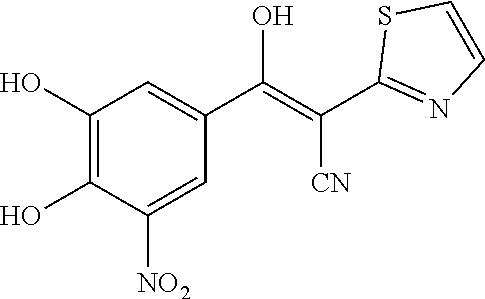
C00014

C00015
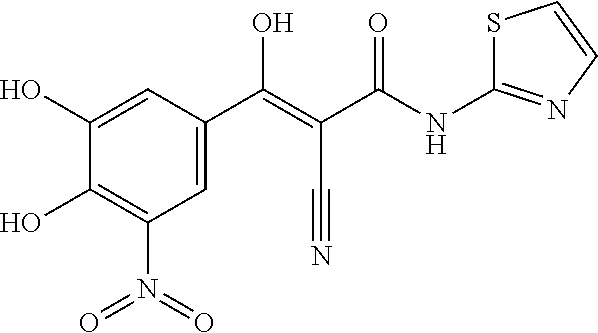
C00016

C00017
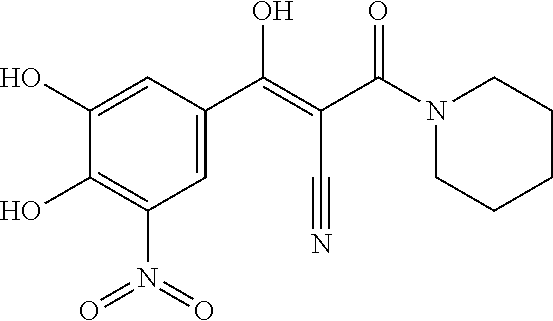
C00018
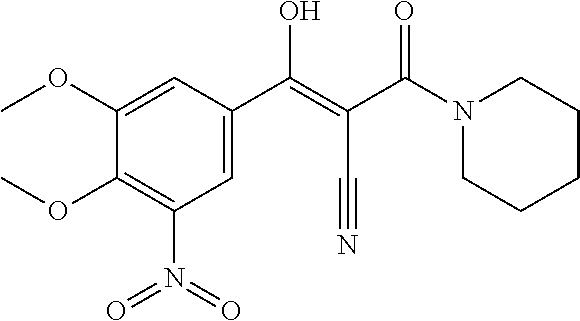
C00019
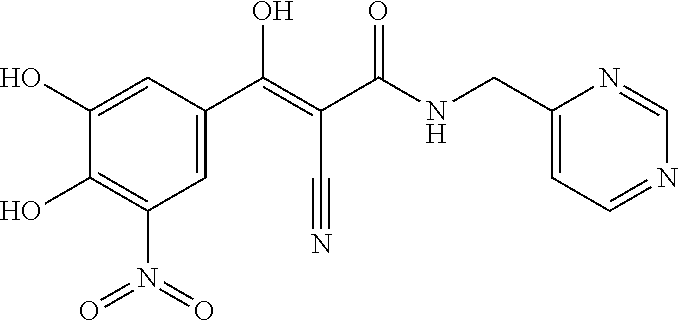
C00020
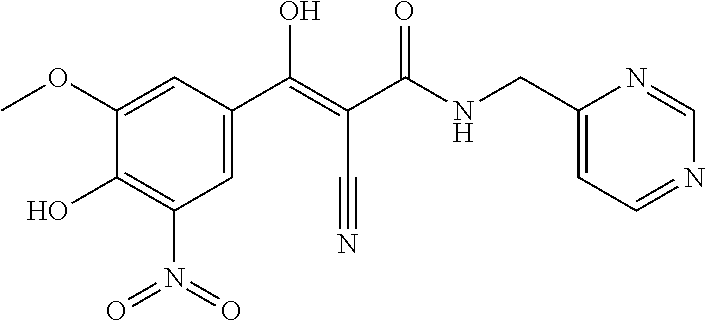
C00021
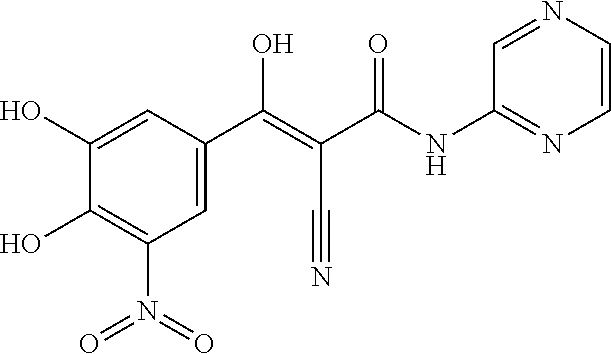
C00022
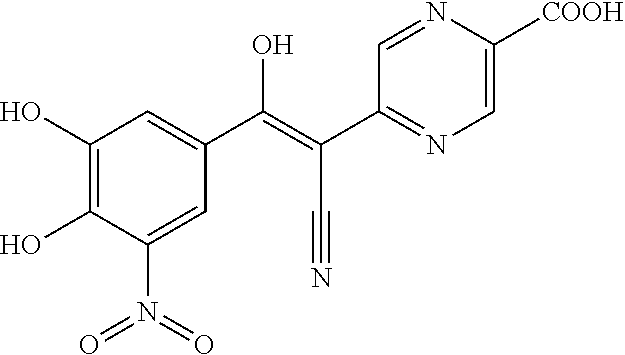
C00023
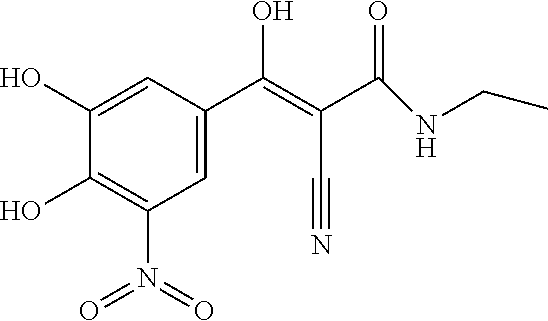
C00024

C00025

C00026

C00027

C00028
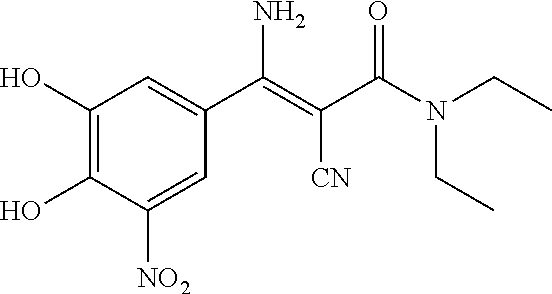
C00029
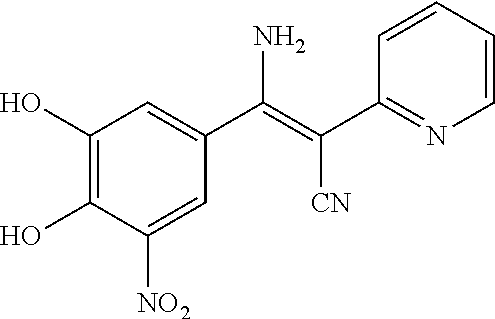
C00030
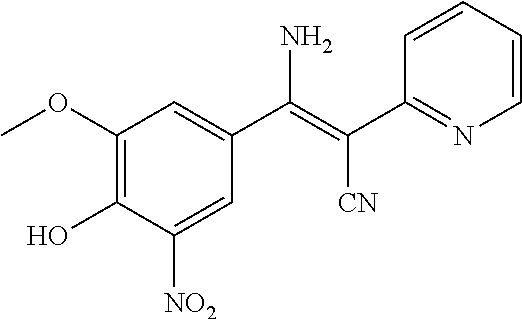
C00031
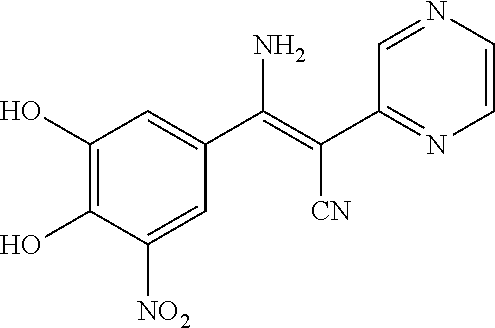
C00032

C00033

C00034
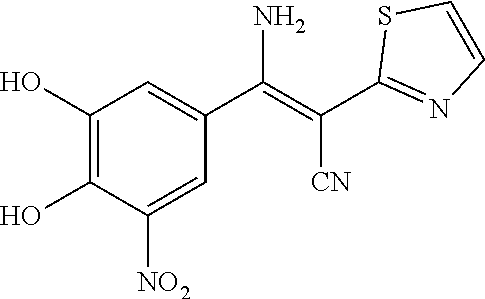
C00035

C00036

C00037
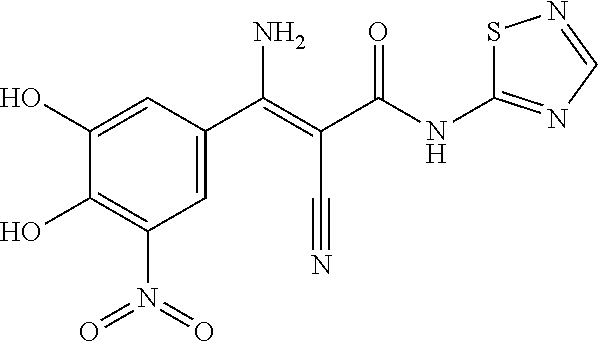
C00038

C00039

C00040

C00041

C00042
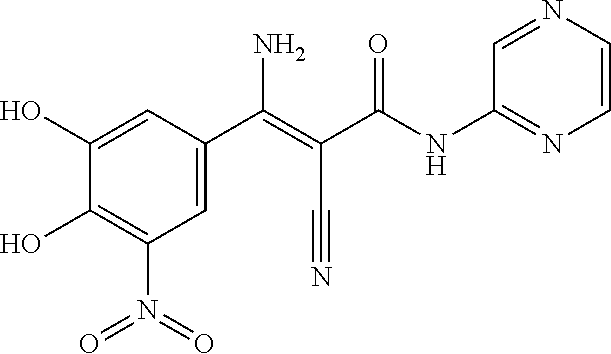
C00043

C00044

C00045
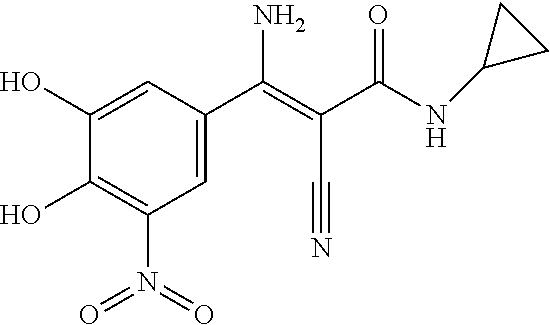
C00046
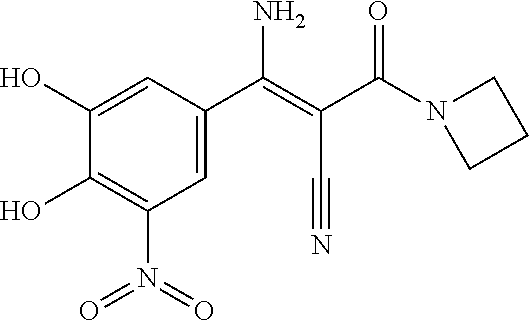
C00047
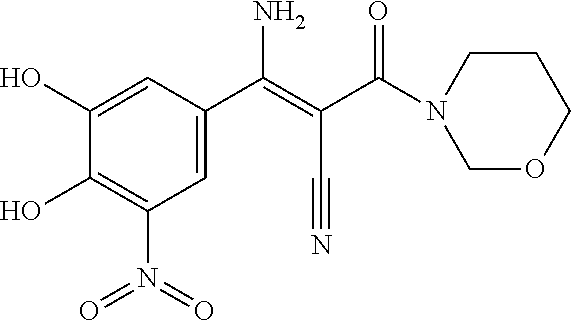
C00048

C00049
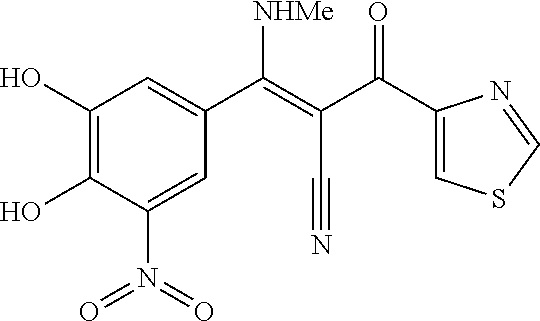
C00050

C00051
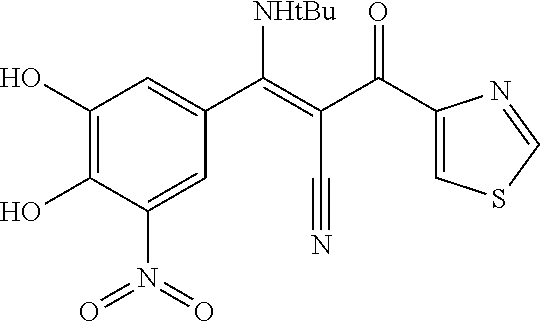
C00052
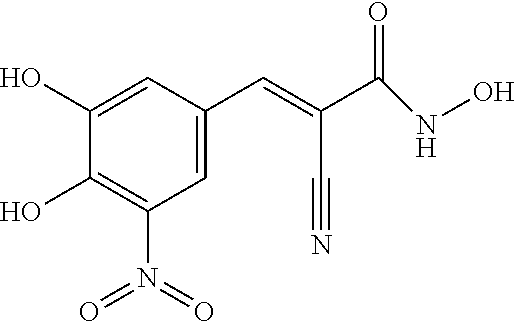
C00053
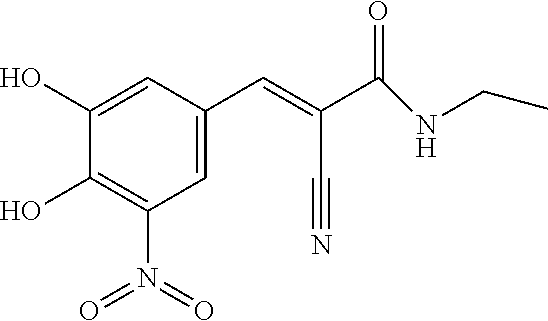
C00054
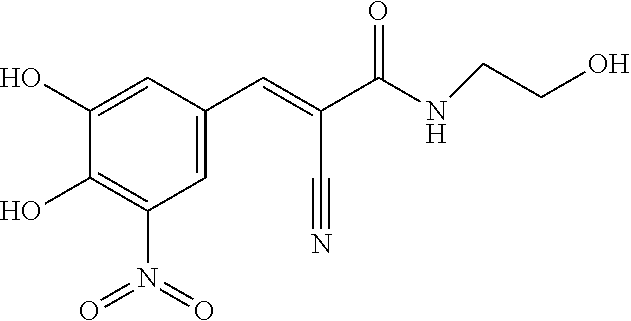
C00055
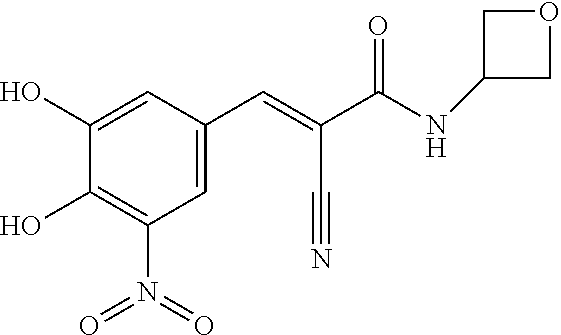
C00056
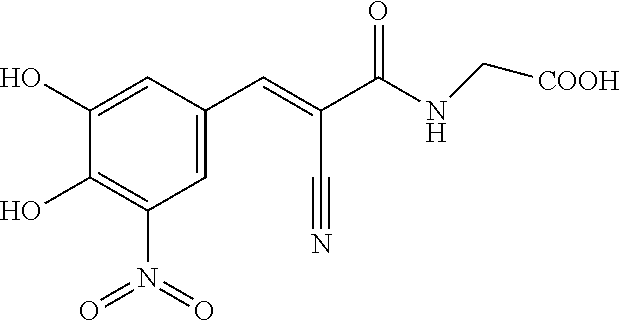
C00057
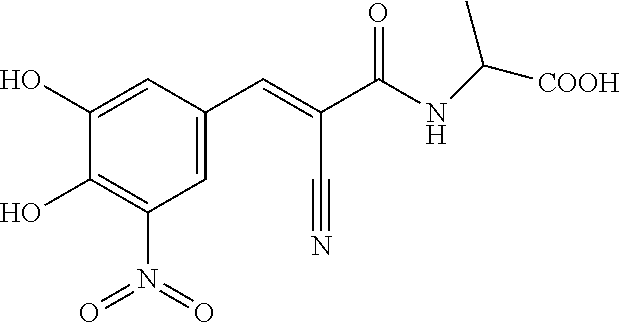
C00058
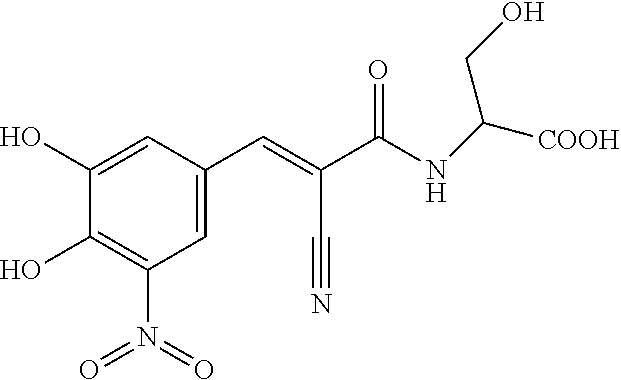
C00059

C00060

C00061

C00062

C00063

C00064
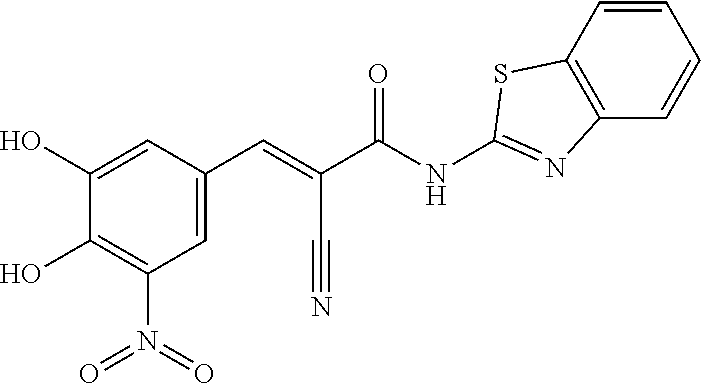
C00065
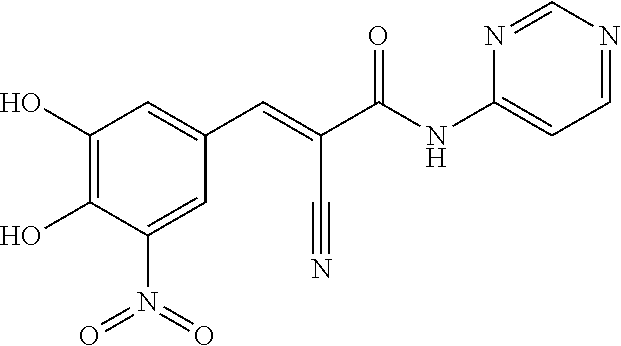
C00066
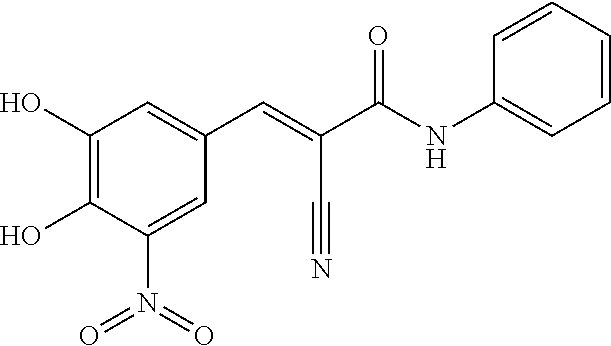
C00067

C00068

C00069
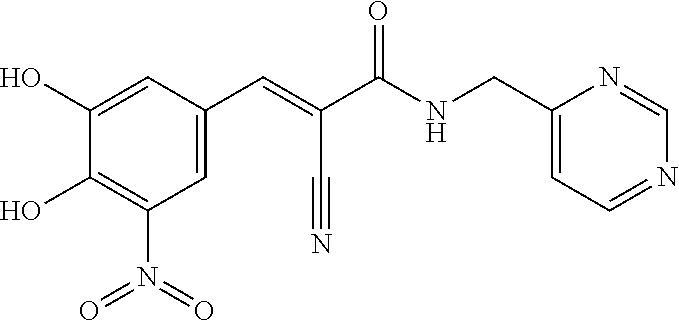
C00070

C00071
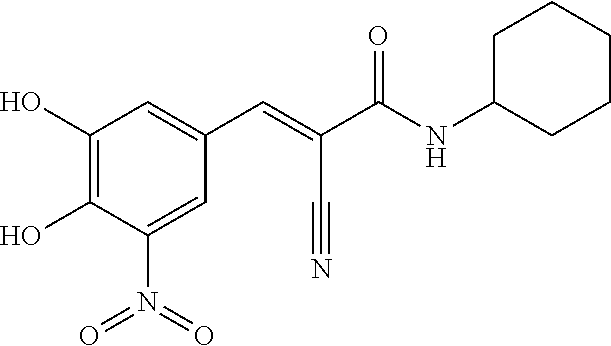
C00072
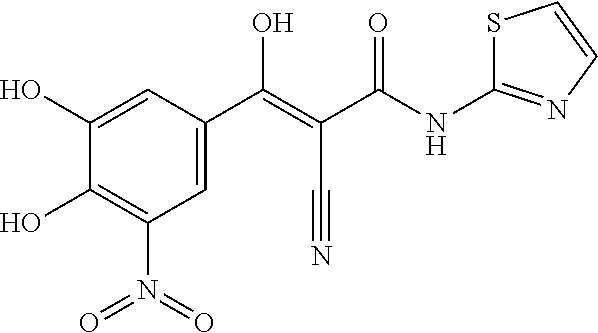
C00073
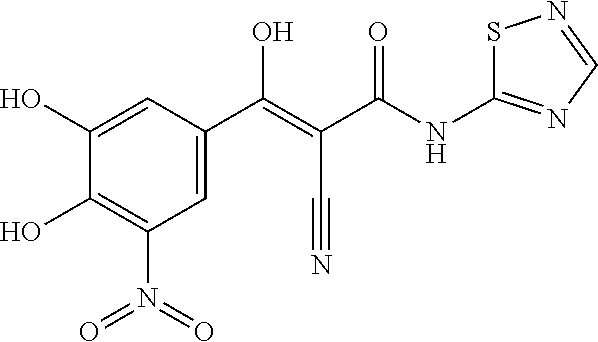
C00074
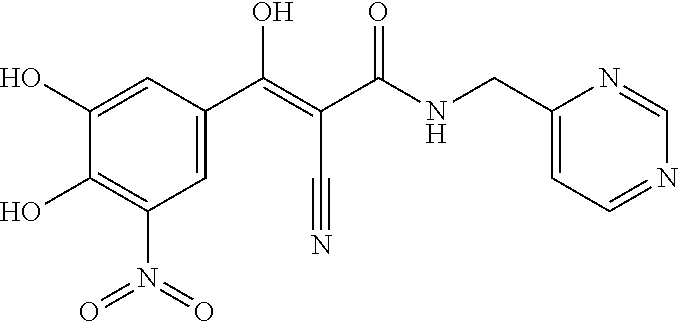
C00075

C00076
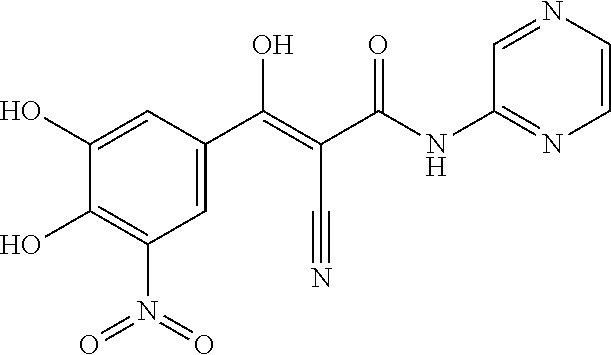
C00077
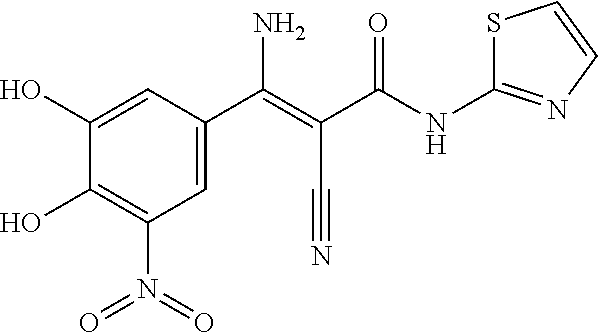
C00078

C00079

C00080

C00081
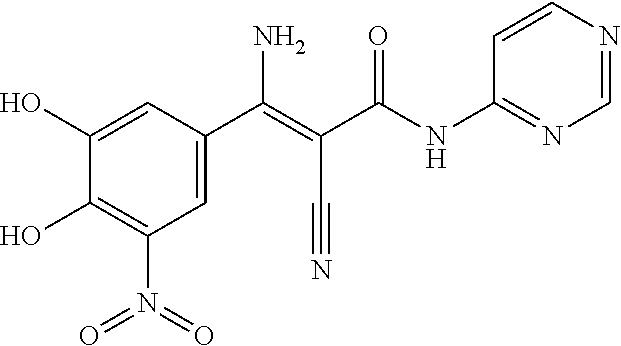
C00082
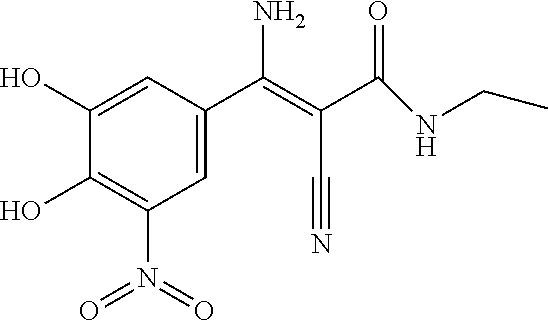
C00083
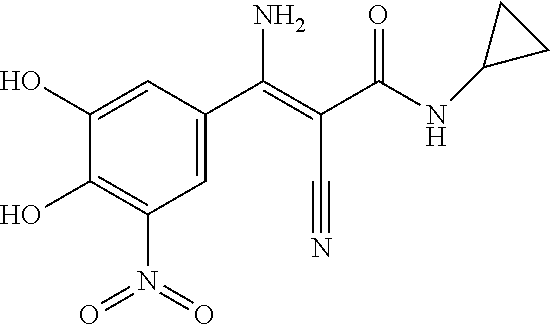
C00084
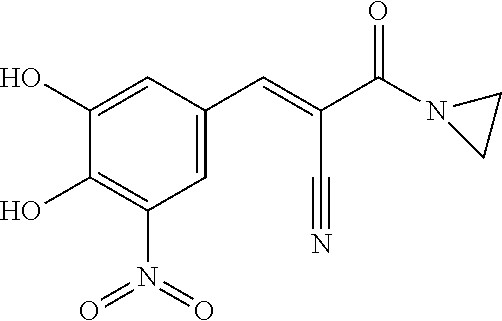
C00085
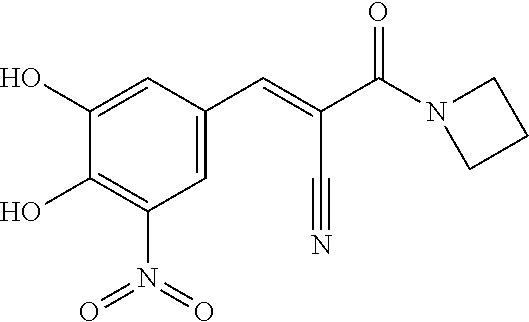
C00086

C00087

C00088

C00089
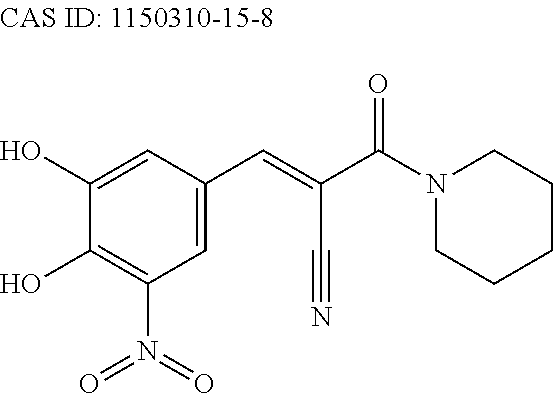
C00090
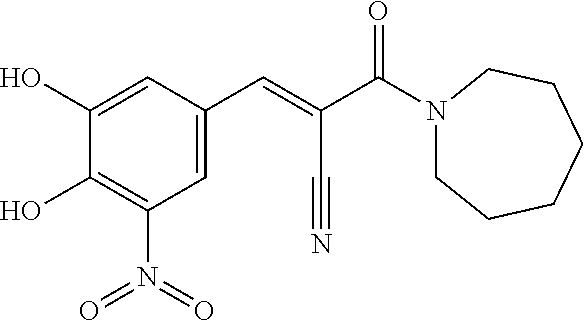
C00091
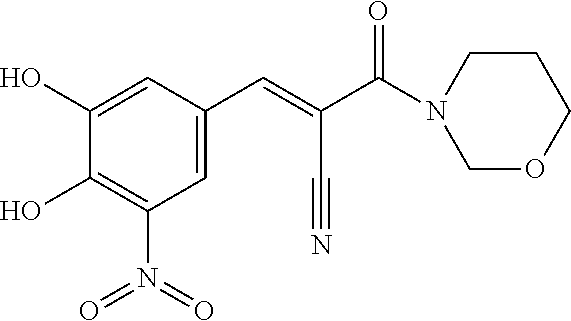
C00092

C00093
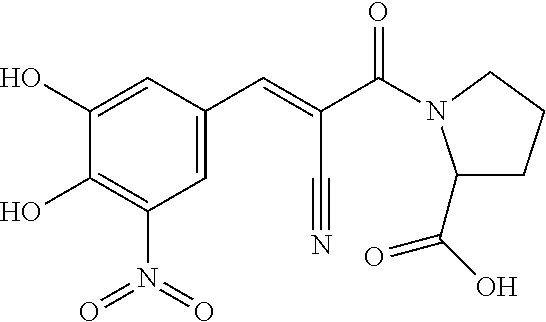
C00094
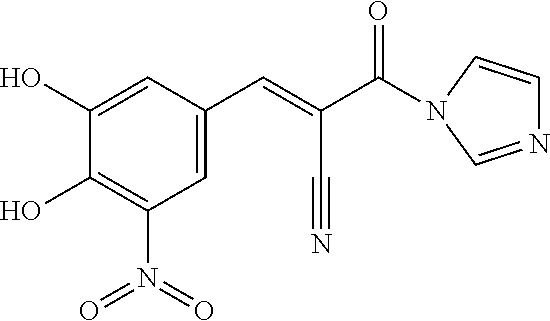
C00095

C00096

C00097
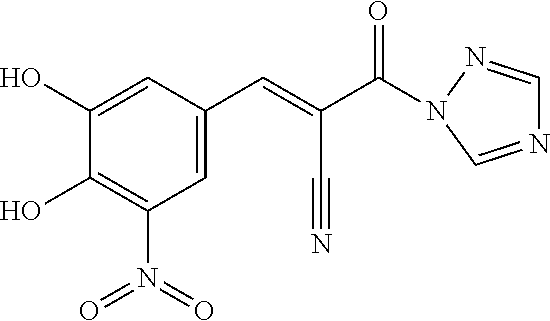
C00098

C00099
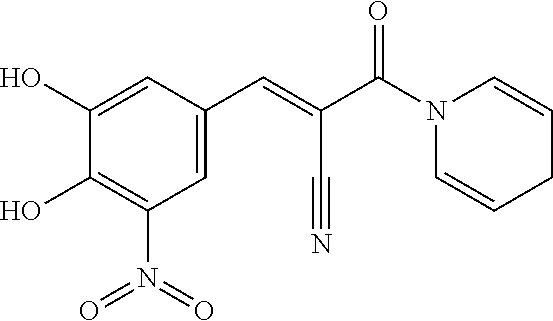
C00100

C00101
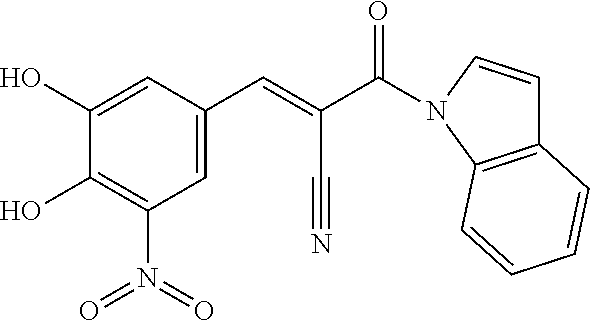
C00102
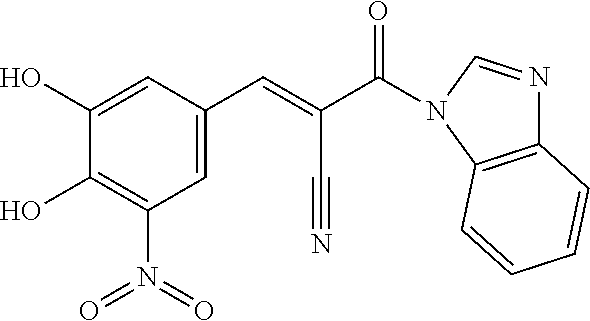
C00103

C00104
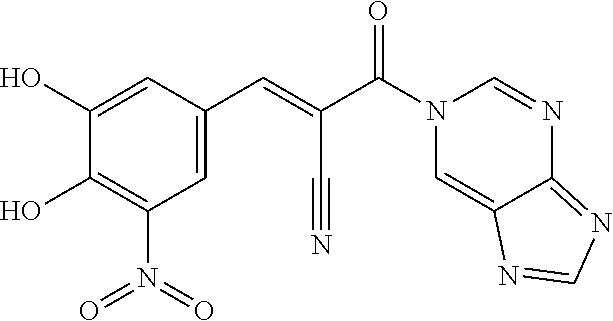
C00105

C00106
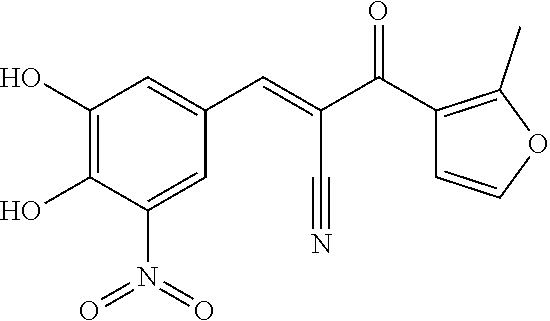
C00107
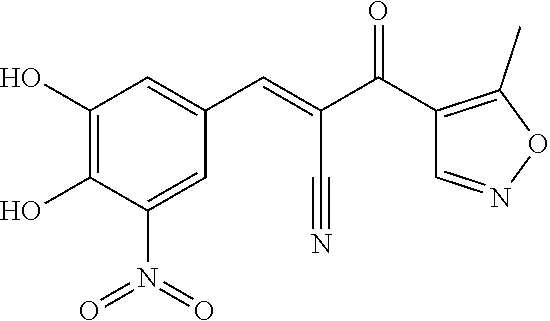
C00108
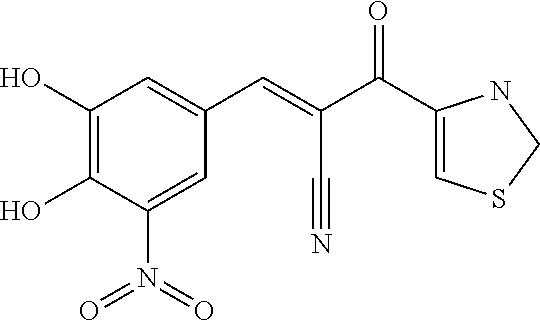
C00109

C00110
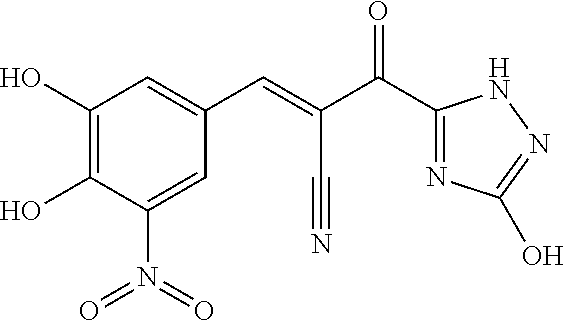
C00111

C00112

C00113
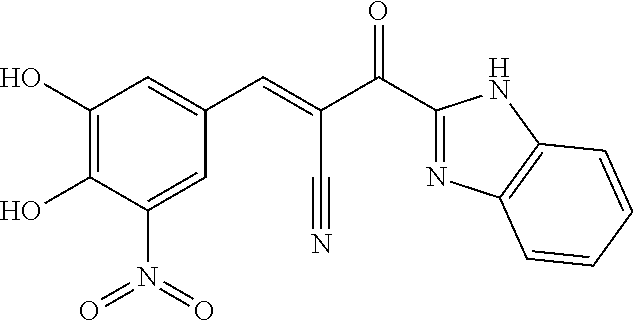
C00114
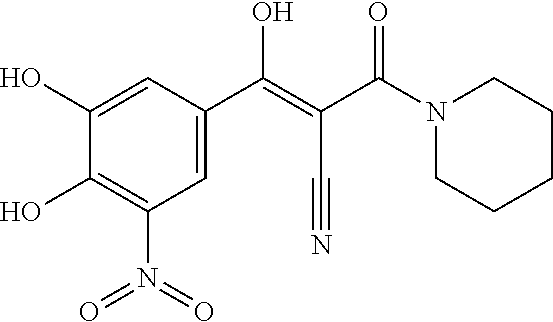
C00115
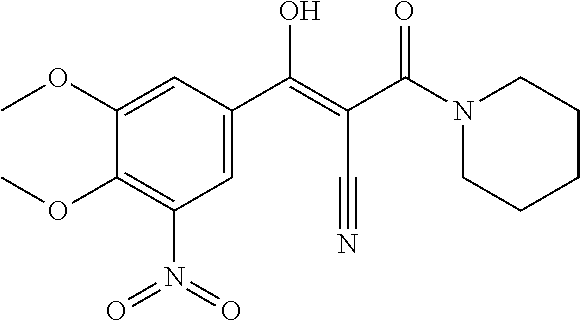
C00116
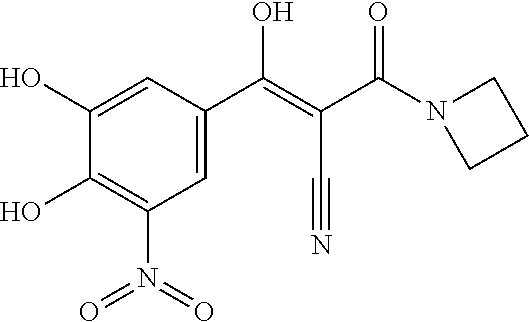
C00117

C00118

C00119

C00120

C00121

C00122

C00123
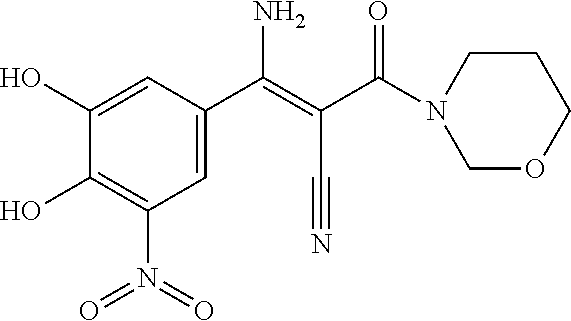
C00124
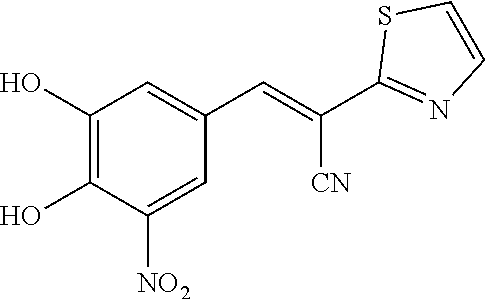
C00125

C00126
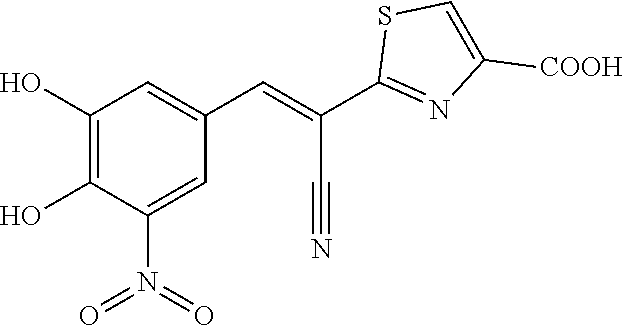
C00127

C00128
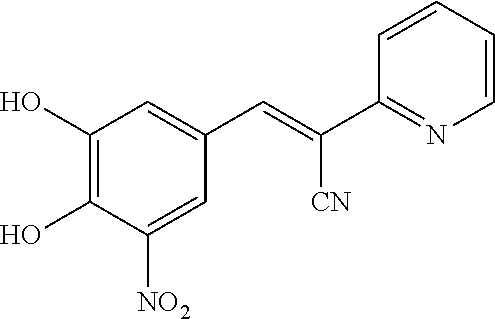
C00129
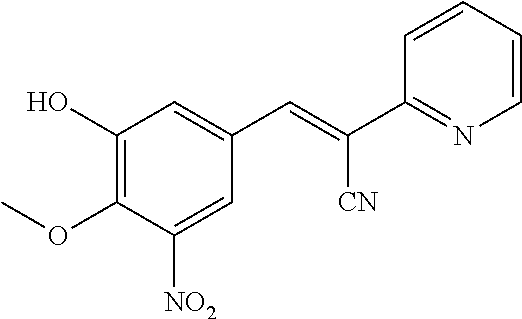
C00130
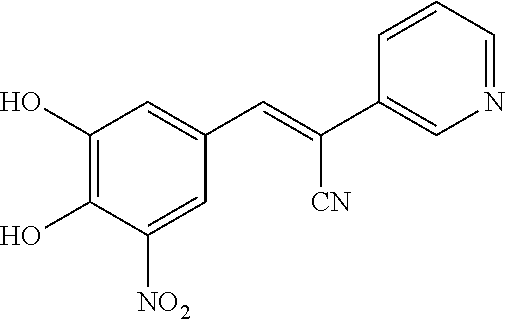
C00131

C00132

C00133
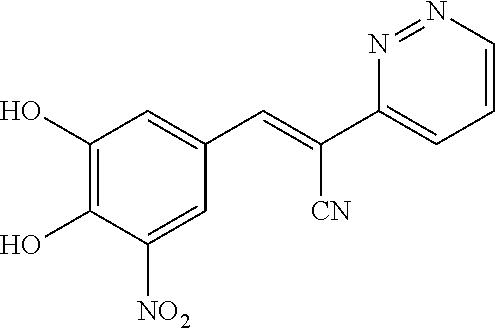
C00134
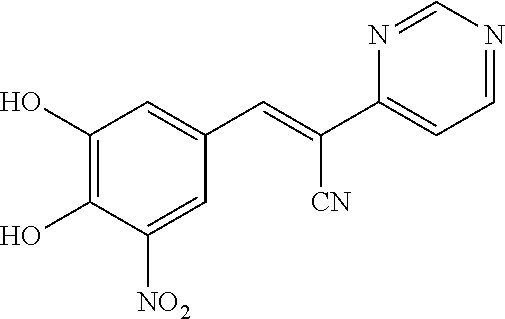
C00135
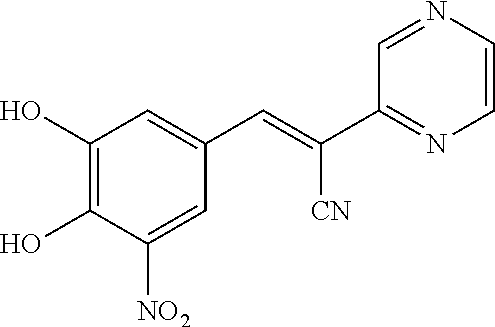
C00136
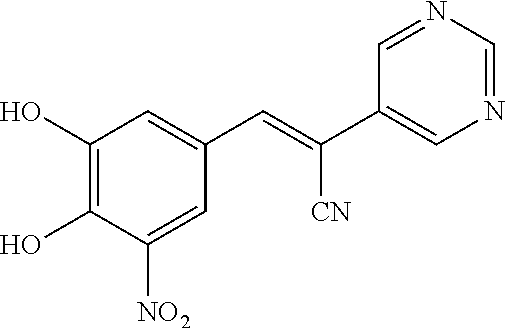
C00137

C00138

C00139
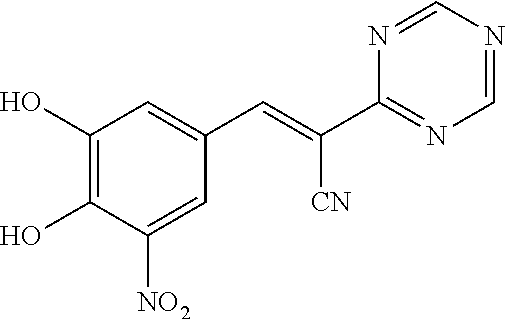
C00140
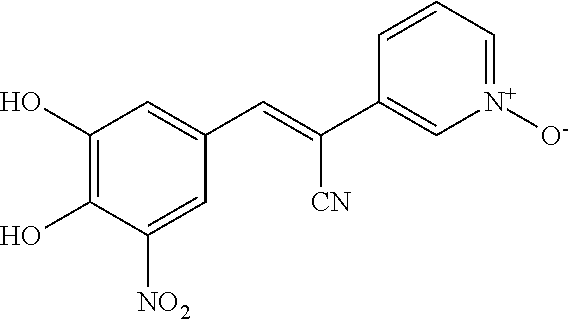
C00141
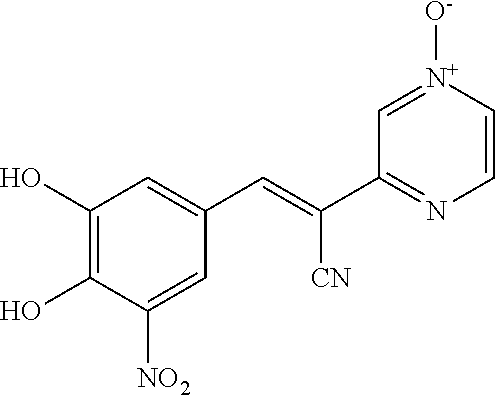
C00142

C00143
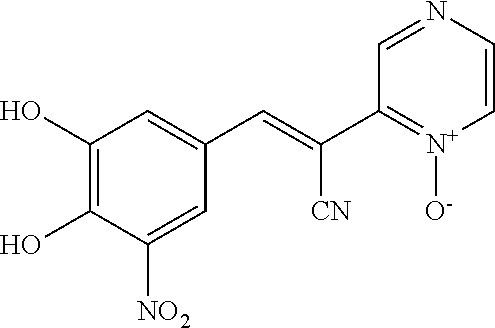
C00144

C00145

C00146

C00147

C00148

C00149
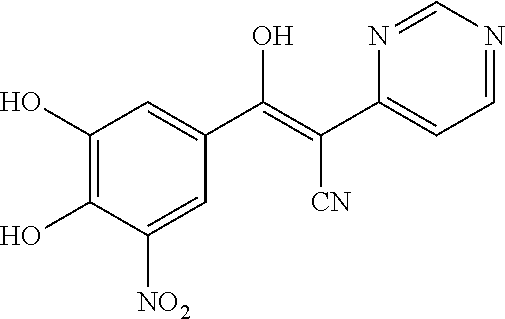
C00150

C00151
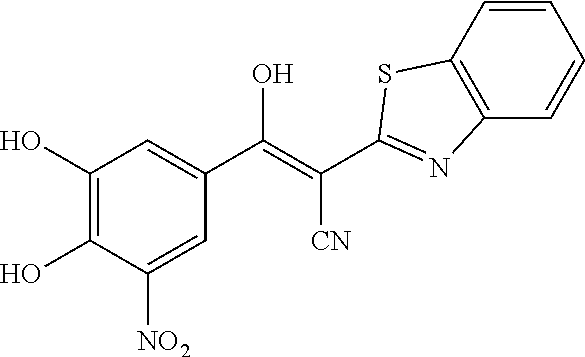
C00152
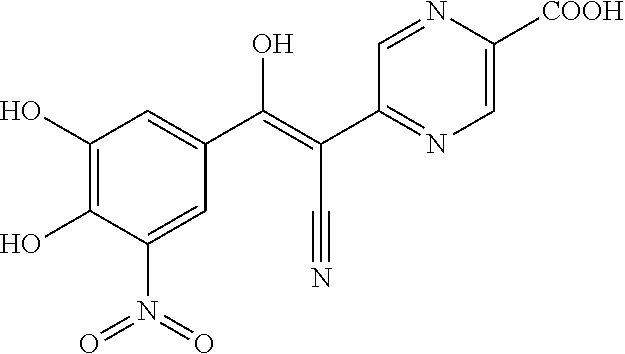
C00153
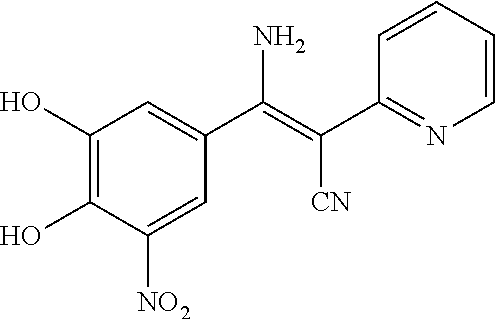
C00154
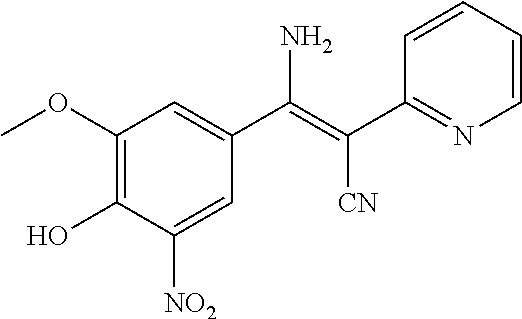
C00155
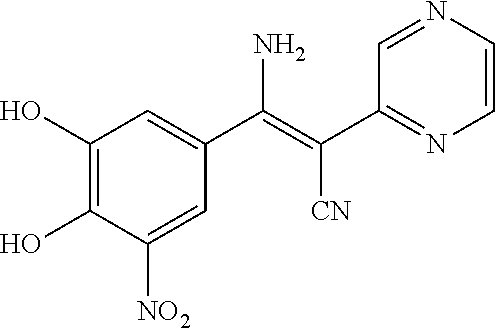
C00156

C00157

C00158
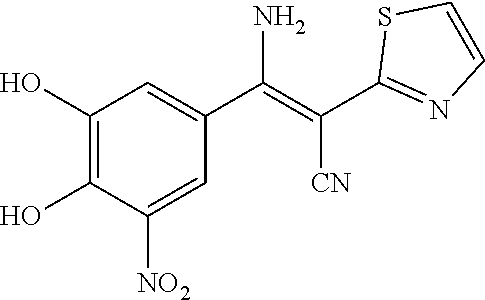
C00159

C00160

C00161
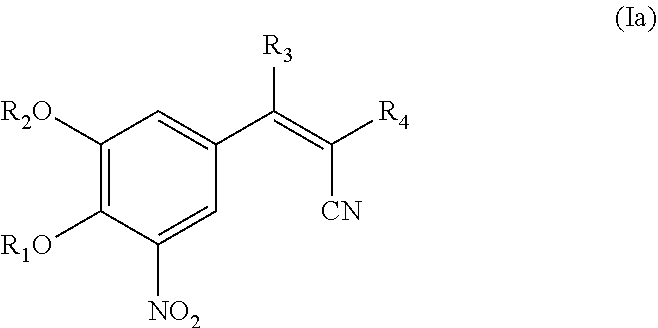
C00162

C00163
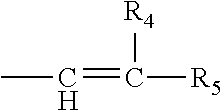
C00164

C00165

D00001
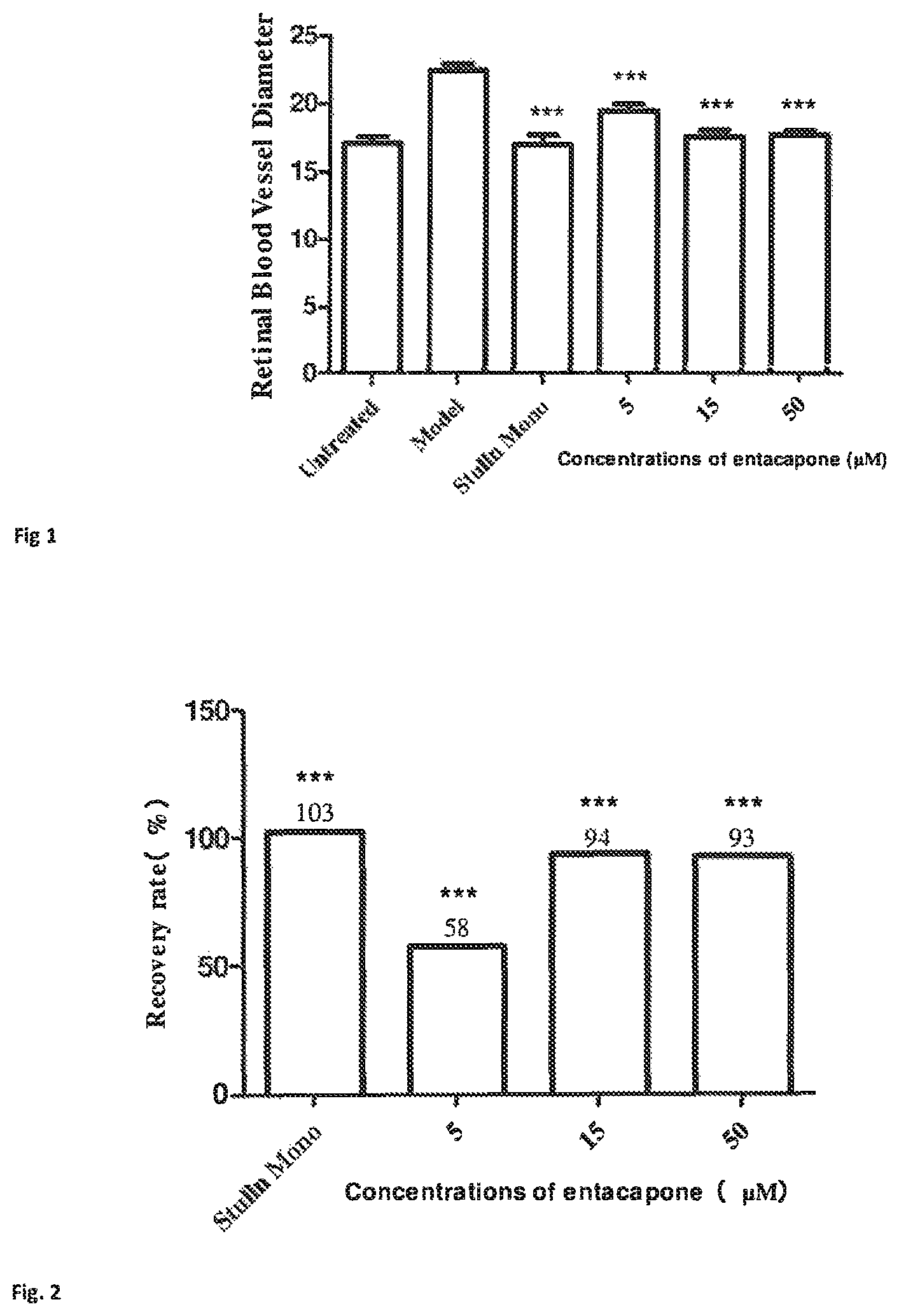
XML
uspto.report is an independent third-party trademark research tool that is not affiliated, endorsed, or sponsored by the United States Patent and Trademark Office (USPTO) or any other governmental organization. The information provided by uspto.report is based on publicly available data at the time of writing and is intended for informational purposes only.
While we strive to provide accurate and up-to-date information, we do not guarantee the accuracy, completeness, reliability, or suitability of the information displayed on this site. The use of this site is at your own risk. Any reliance you place on such information is therefore strictly at your own risk.
All official trademark data, including owner information, should be verified by visiting the official USPTO website at www.uspto.gov. This site is not intended to replace professional legal advice and should not be used as a substitute for consulting with a legal professional who is knowledgeable about trademark law.